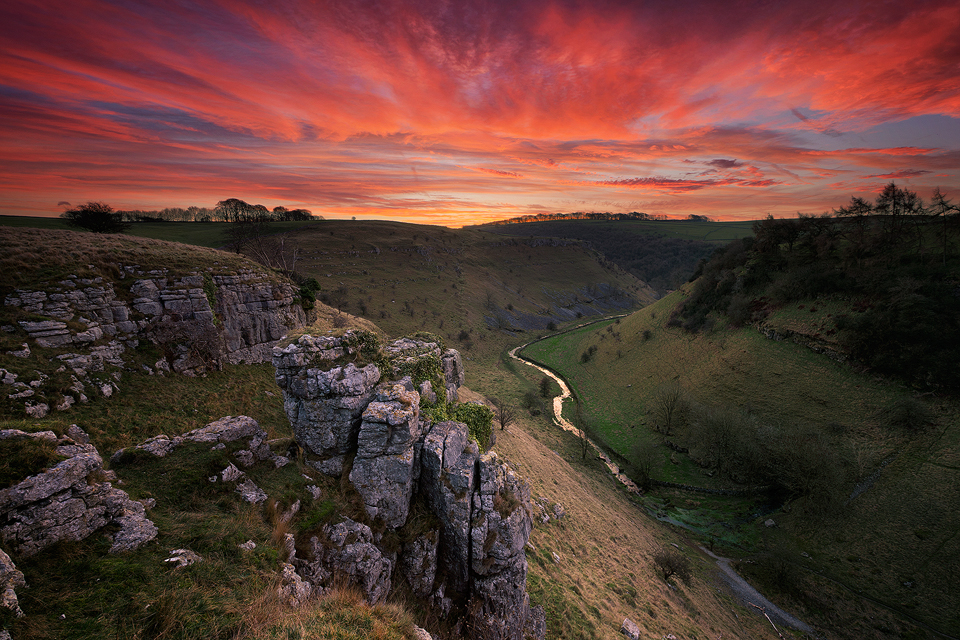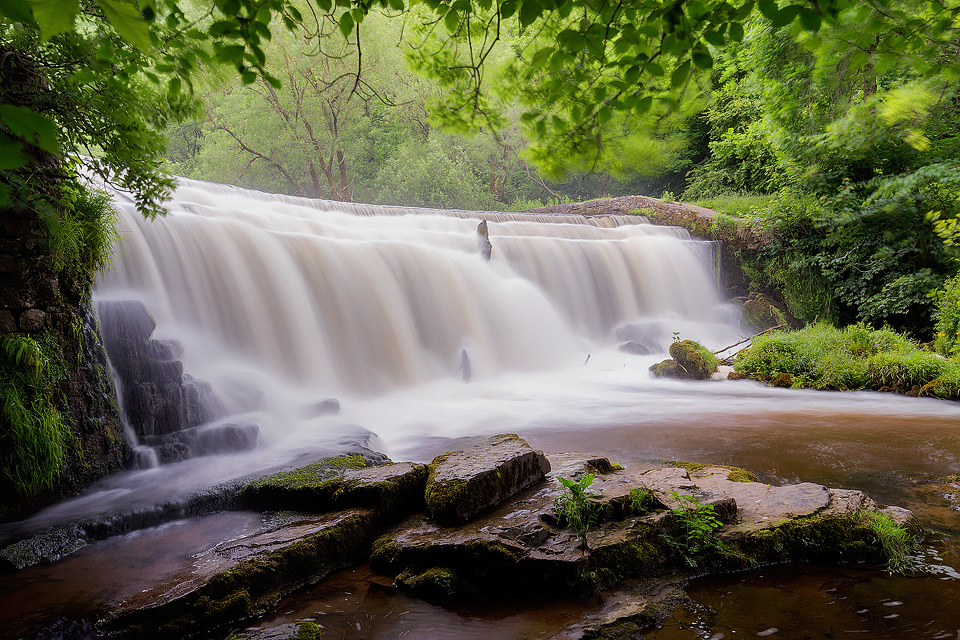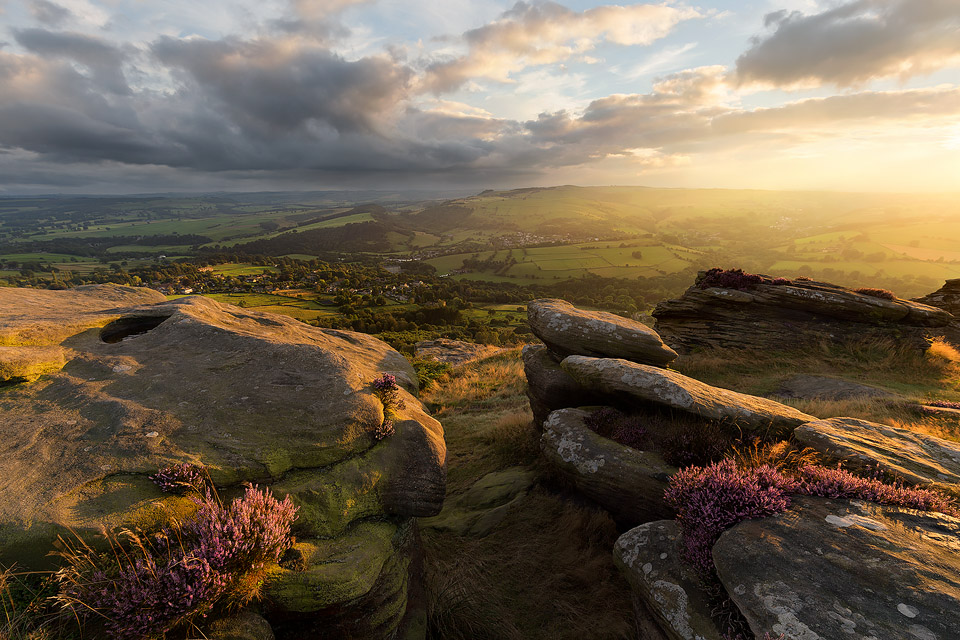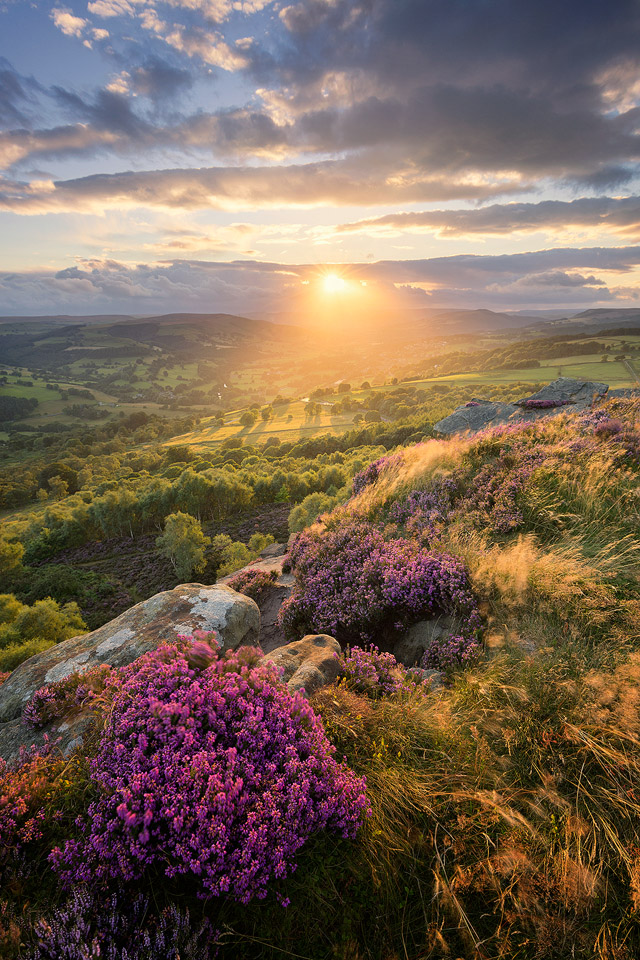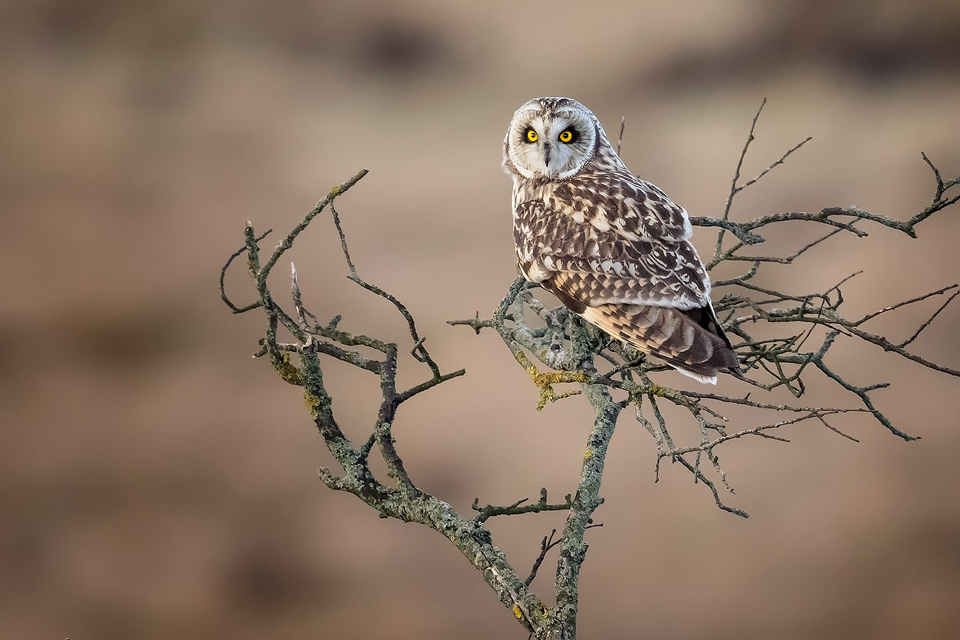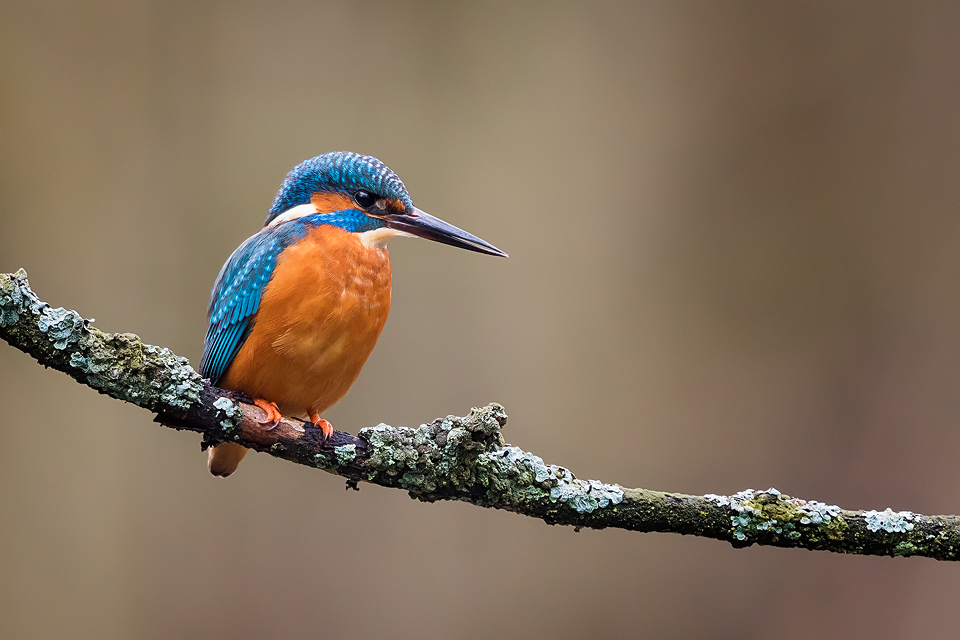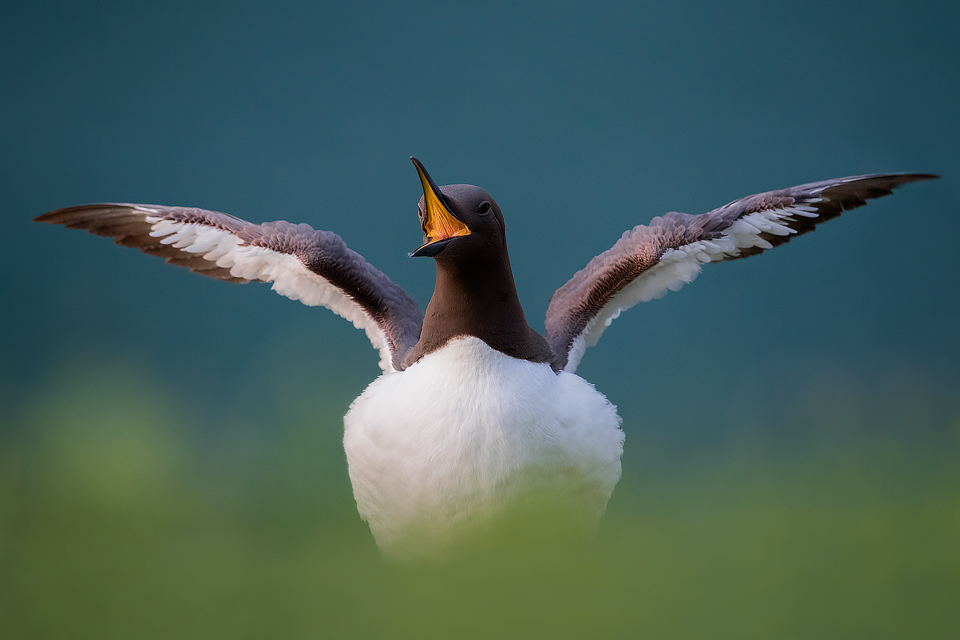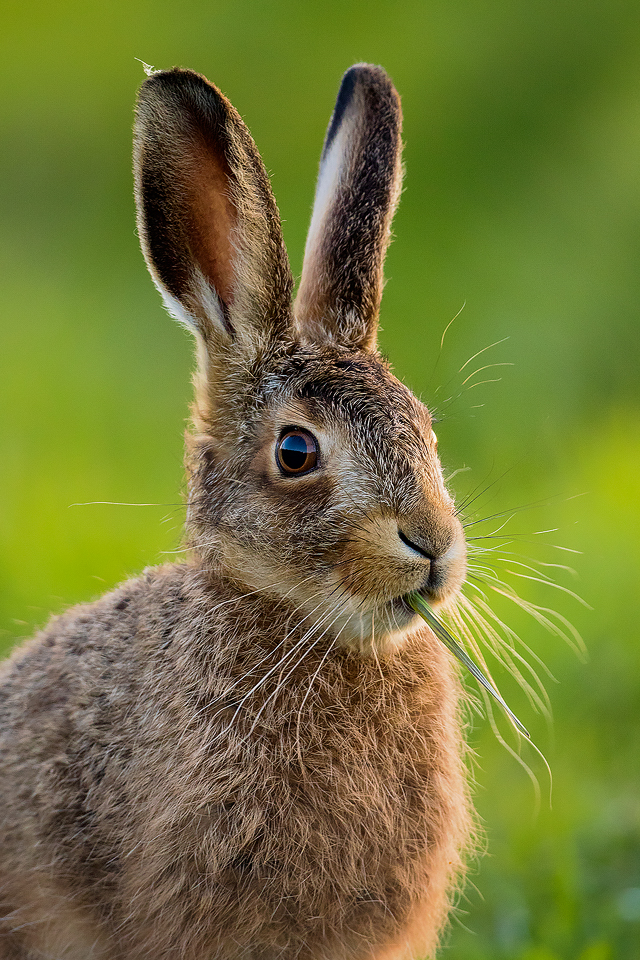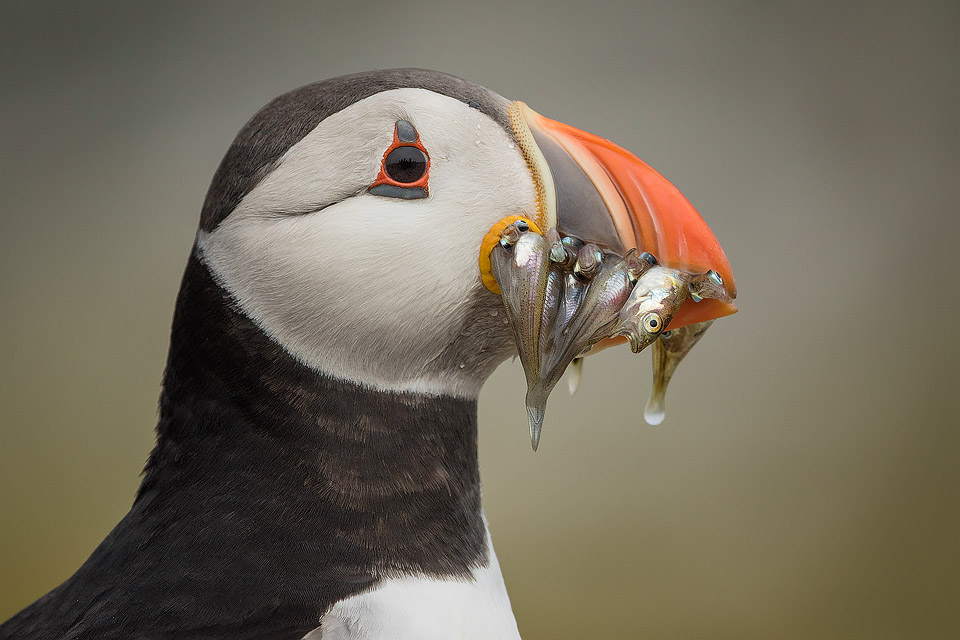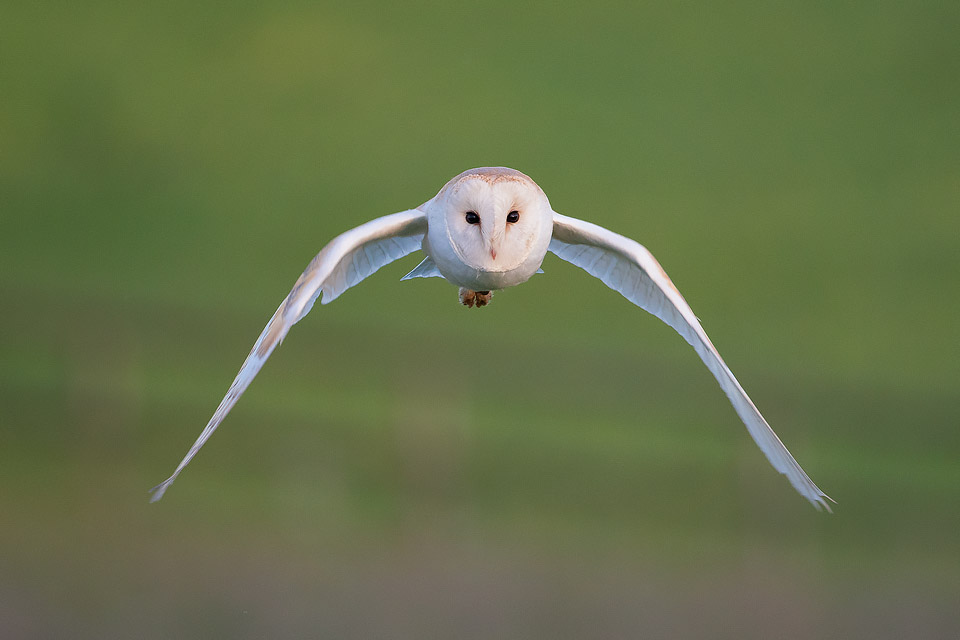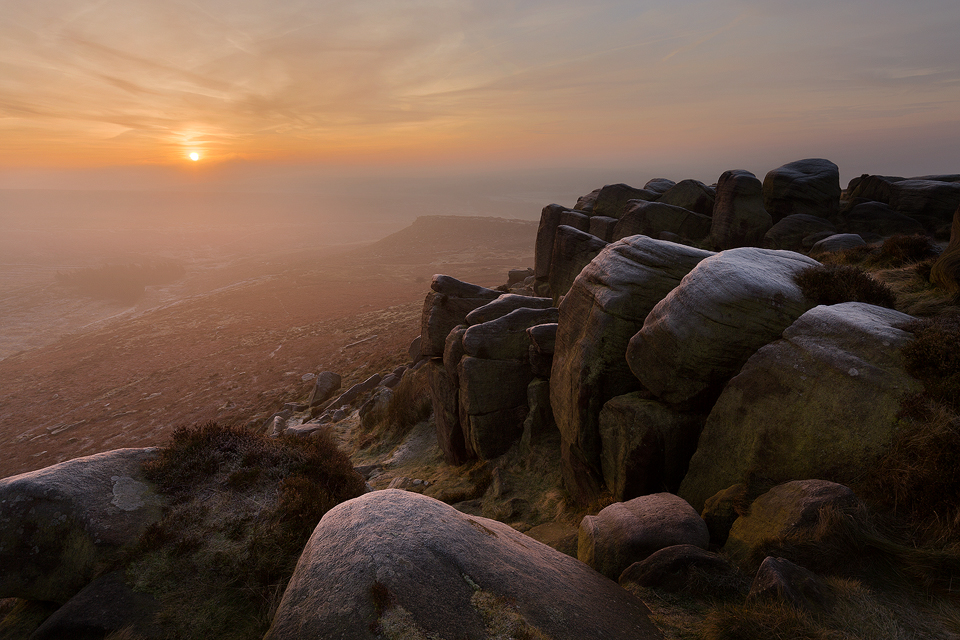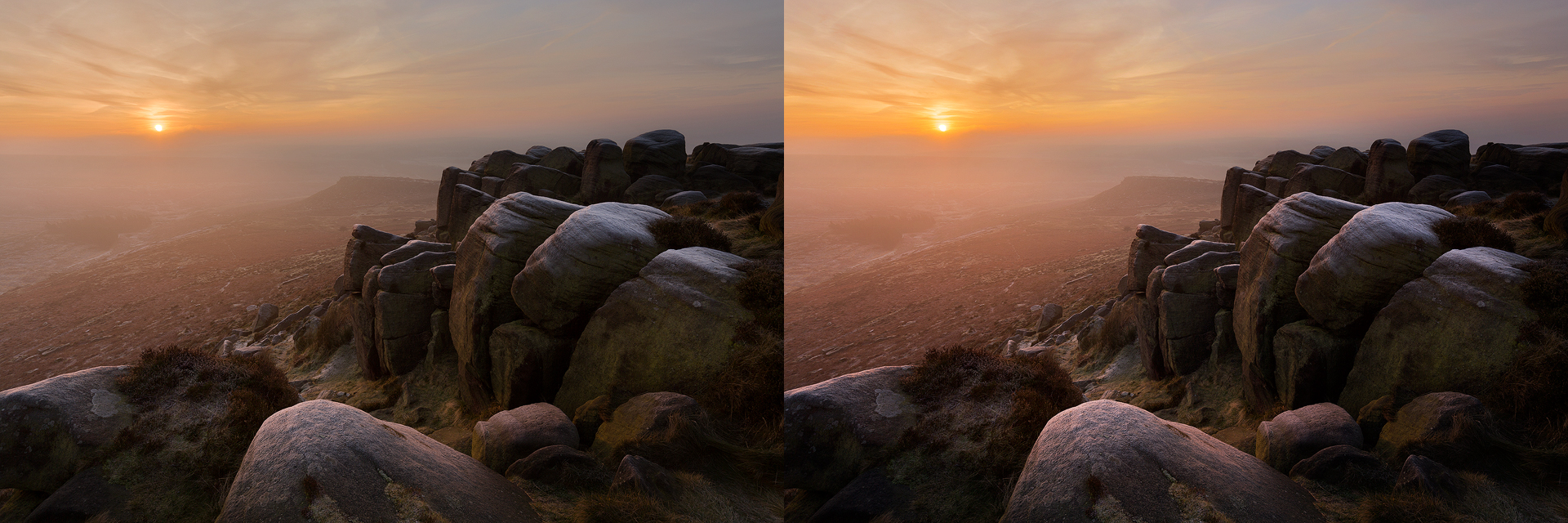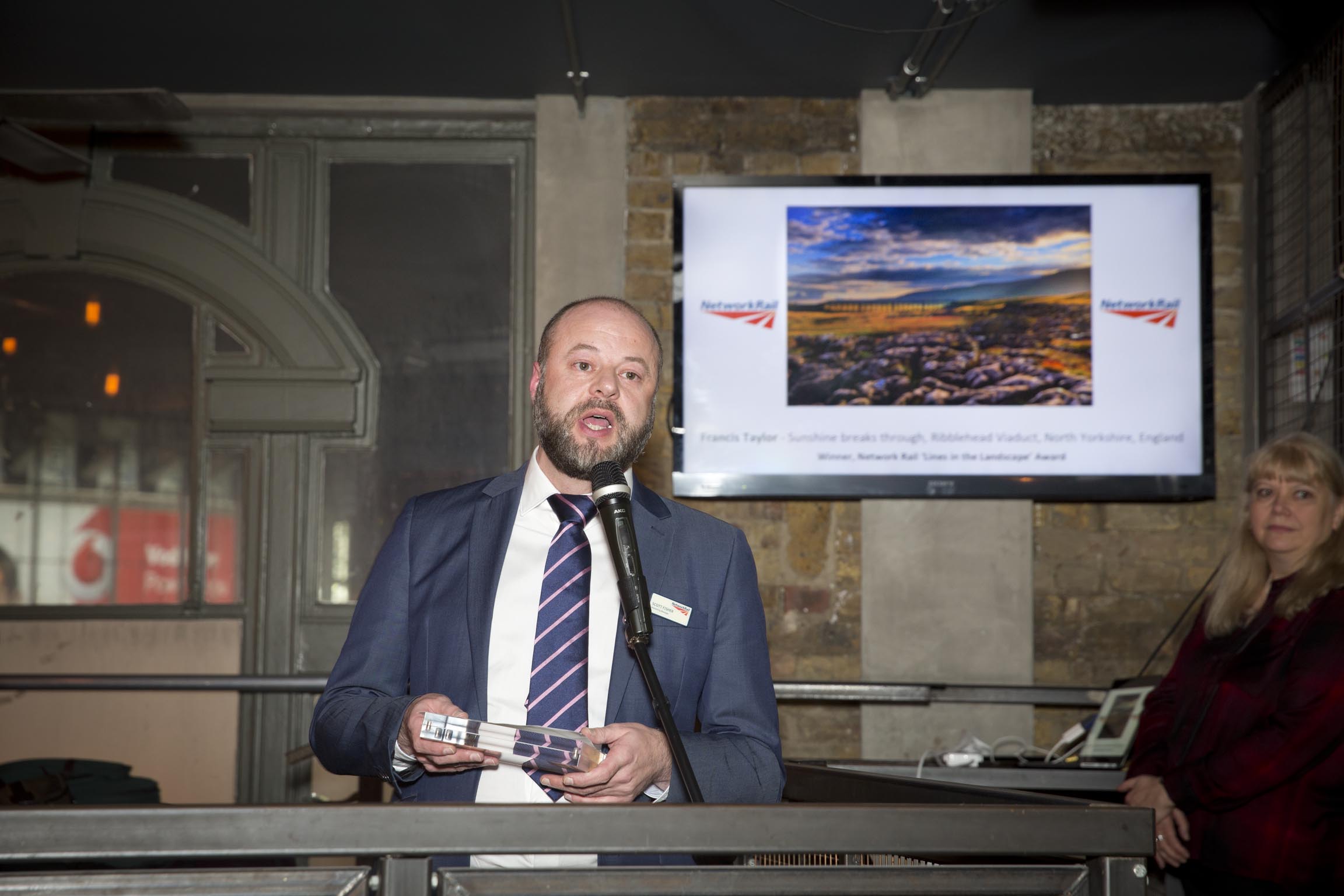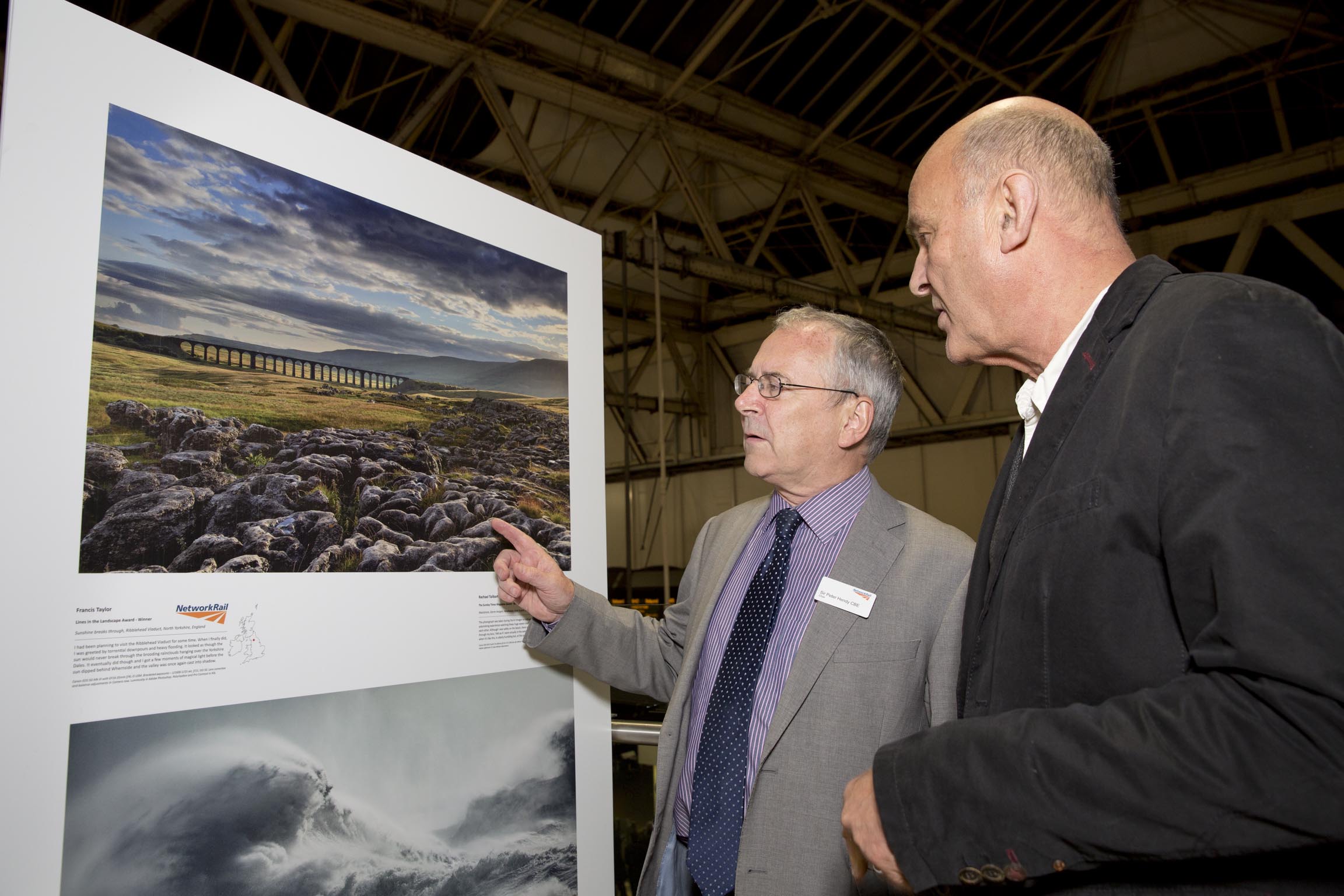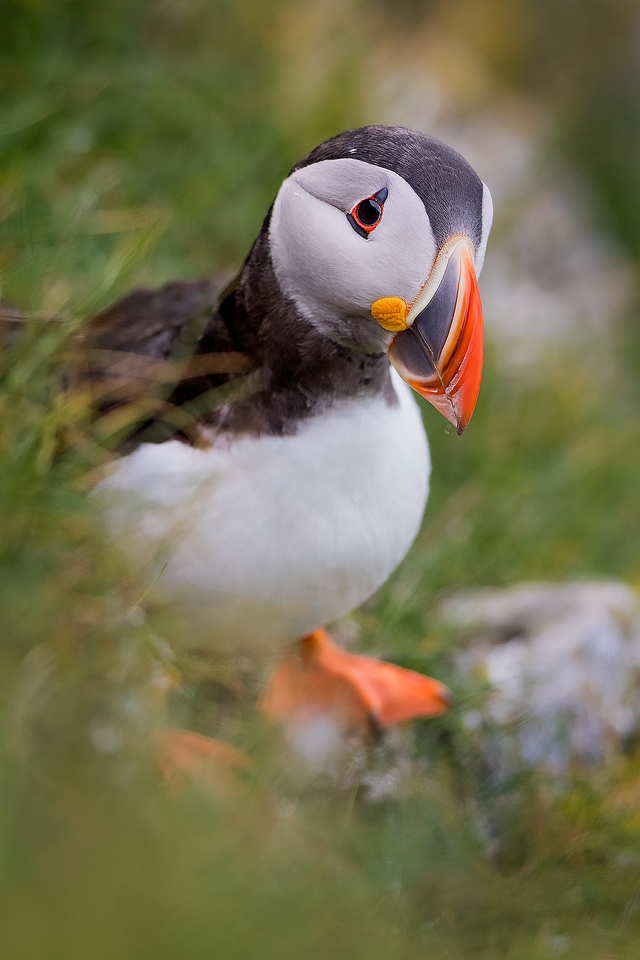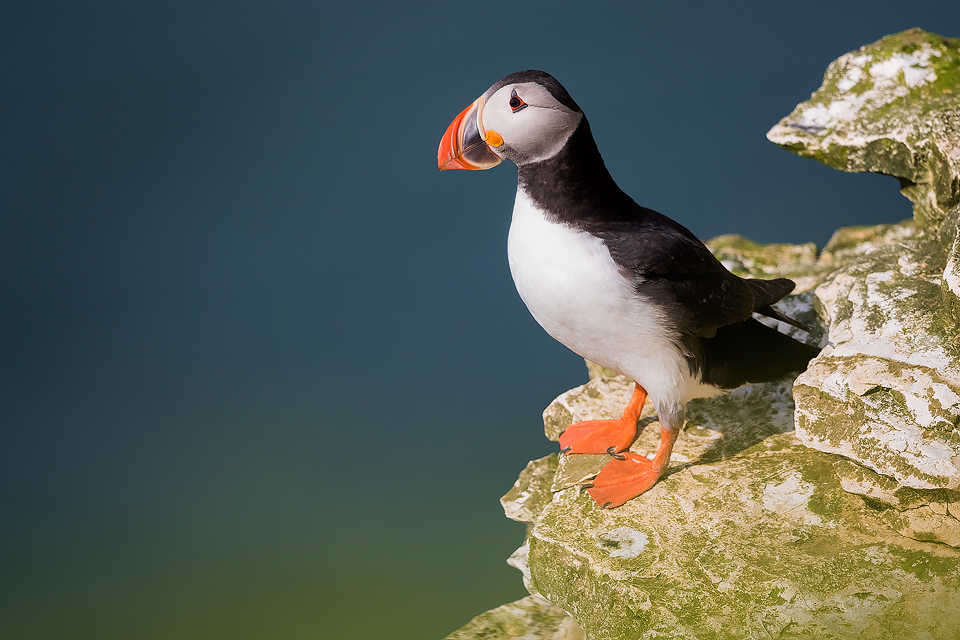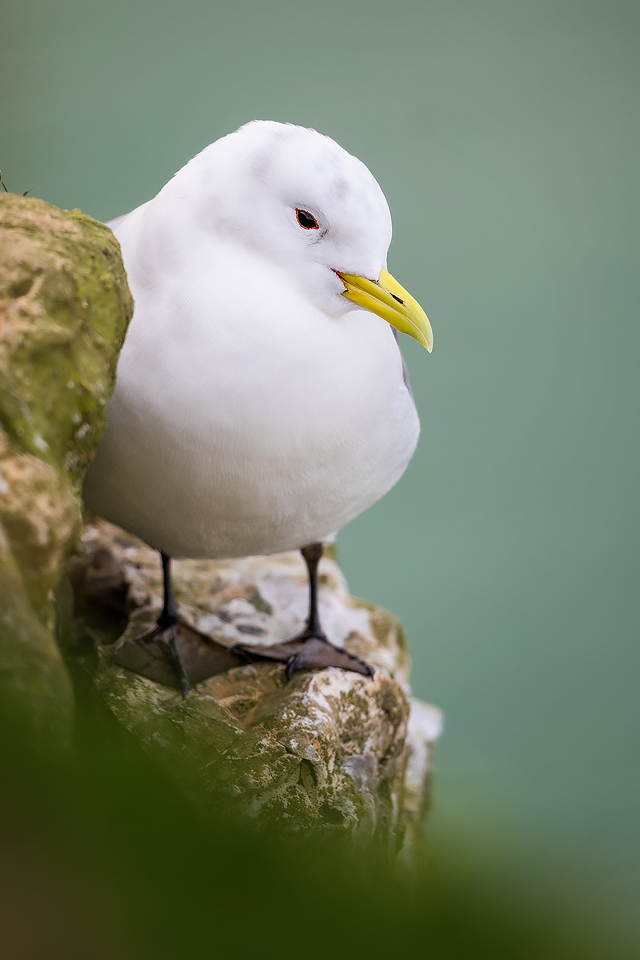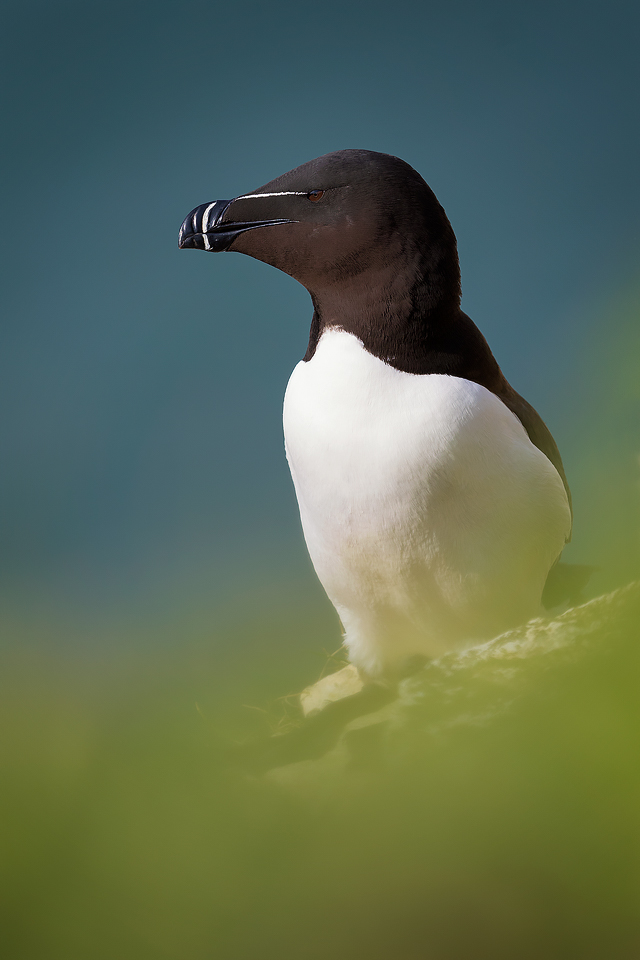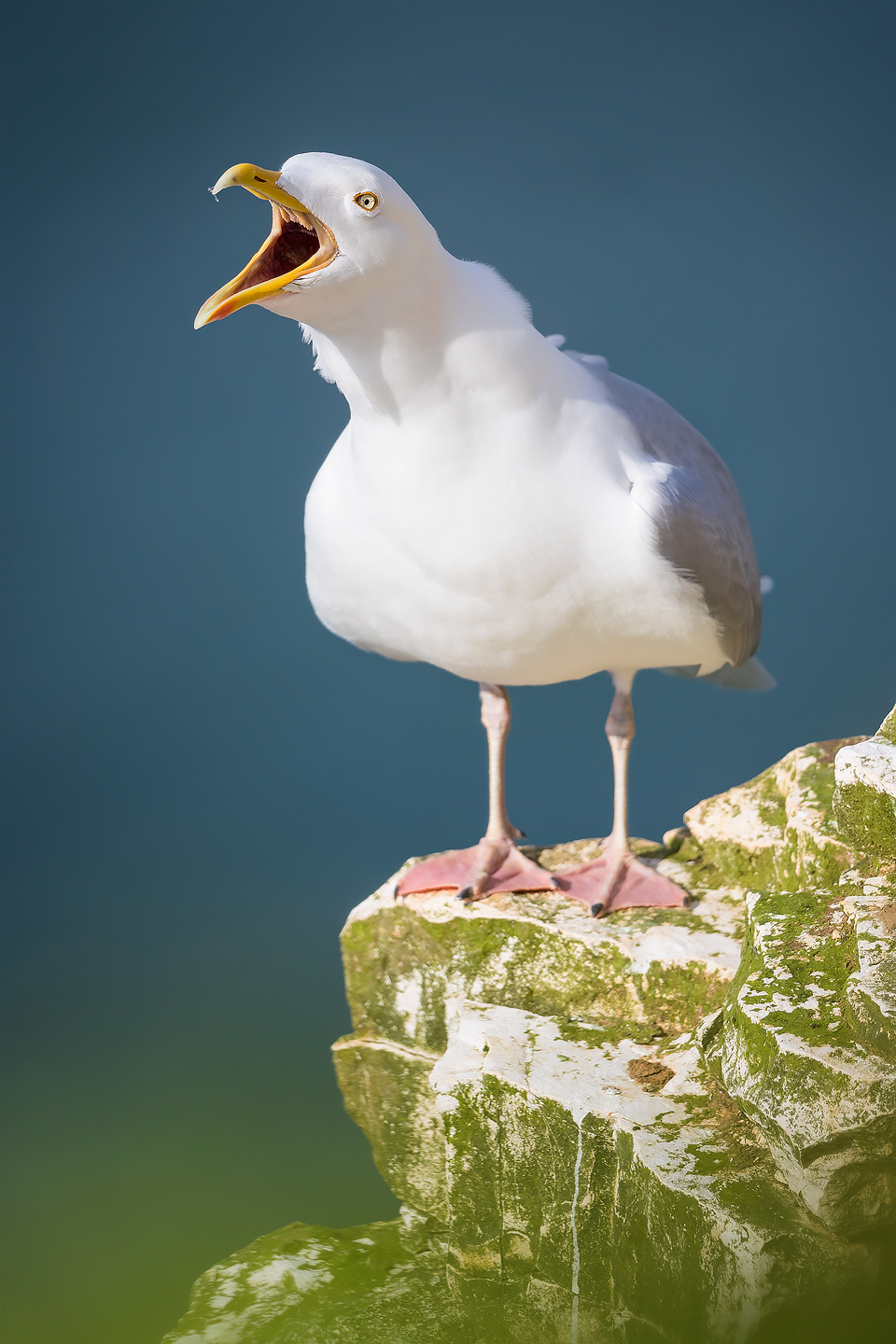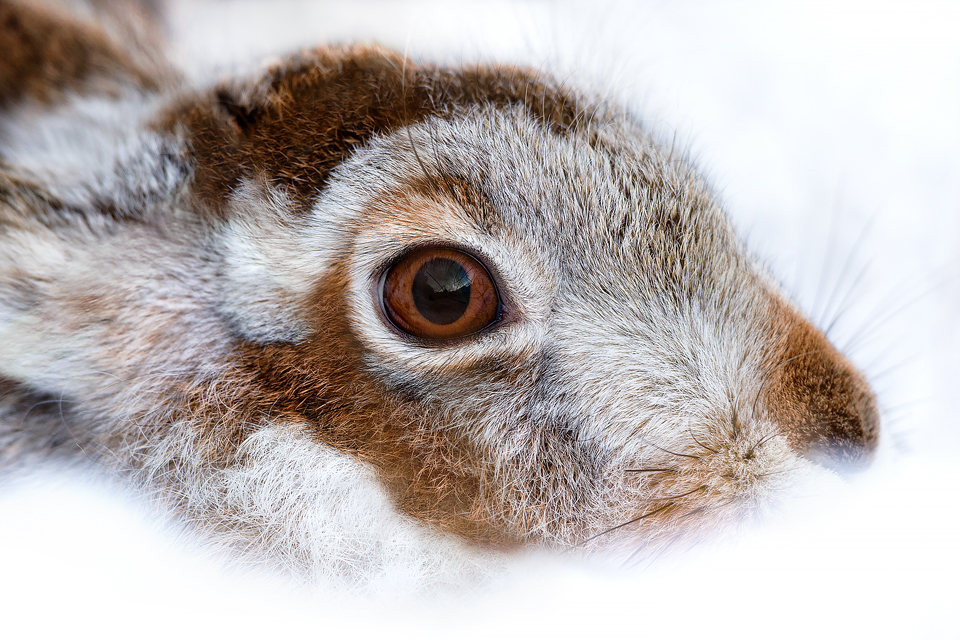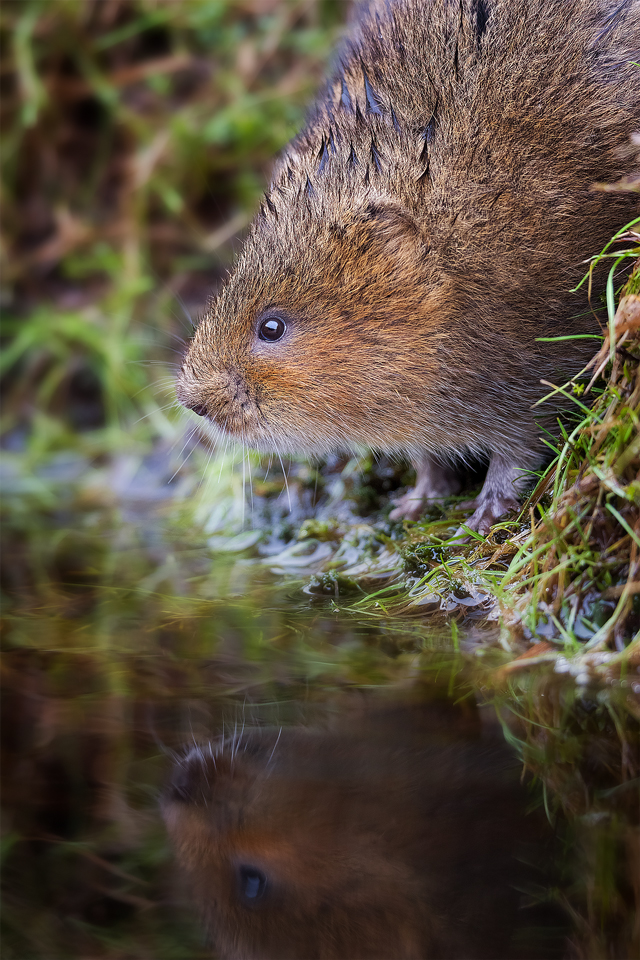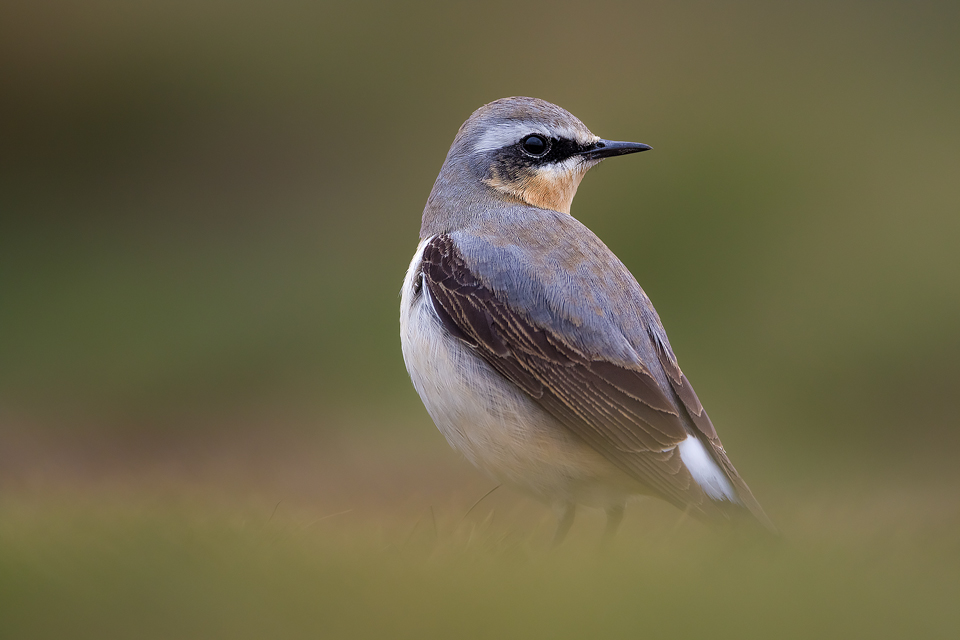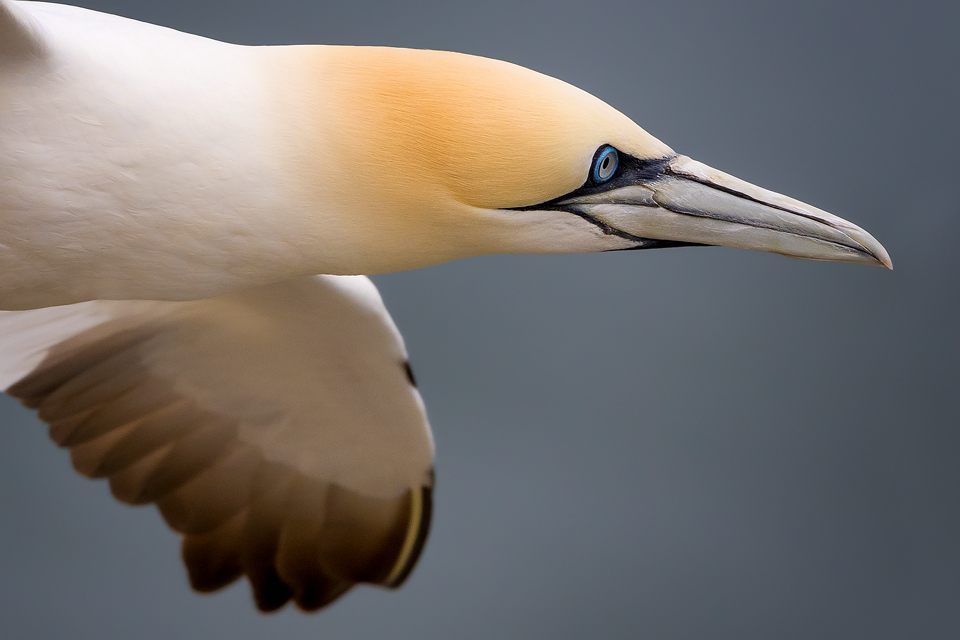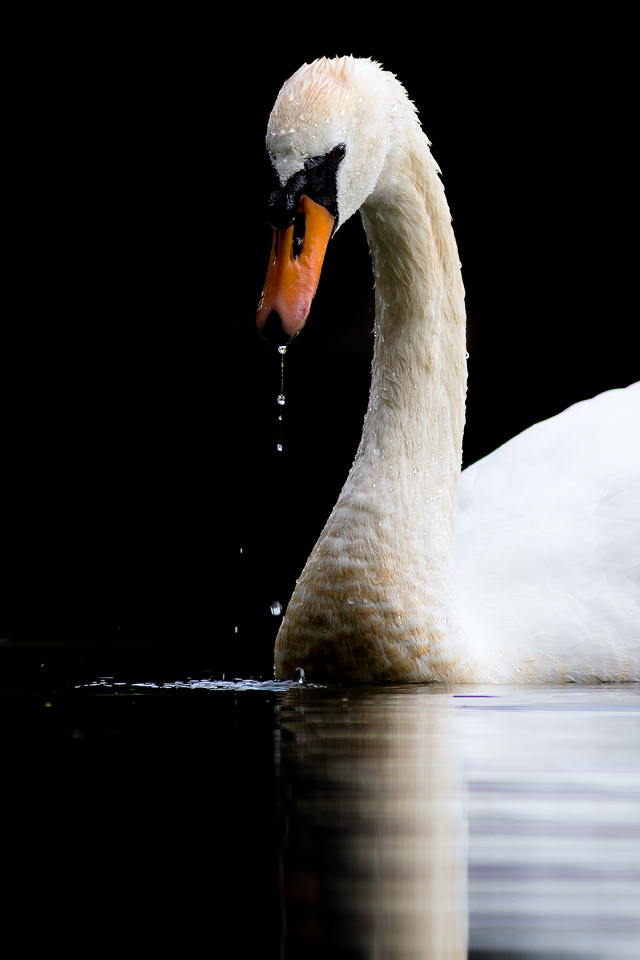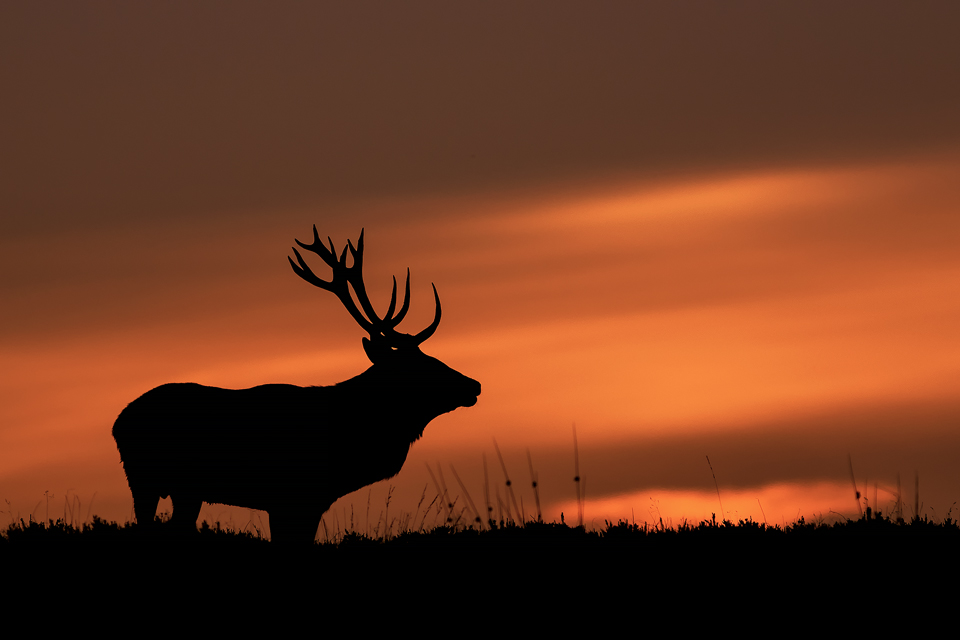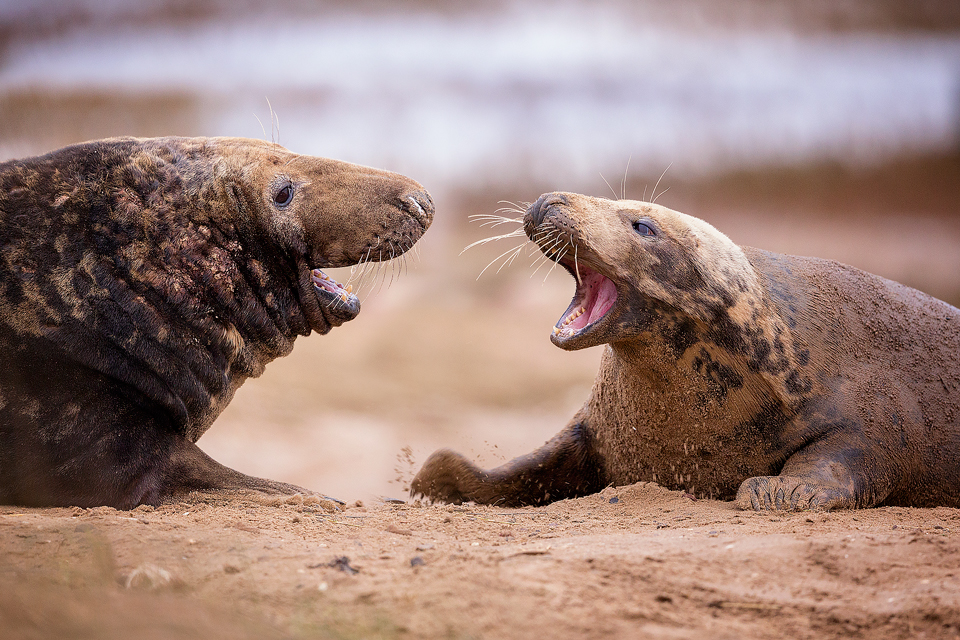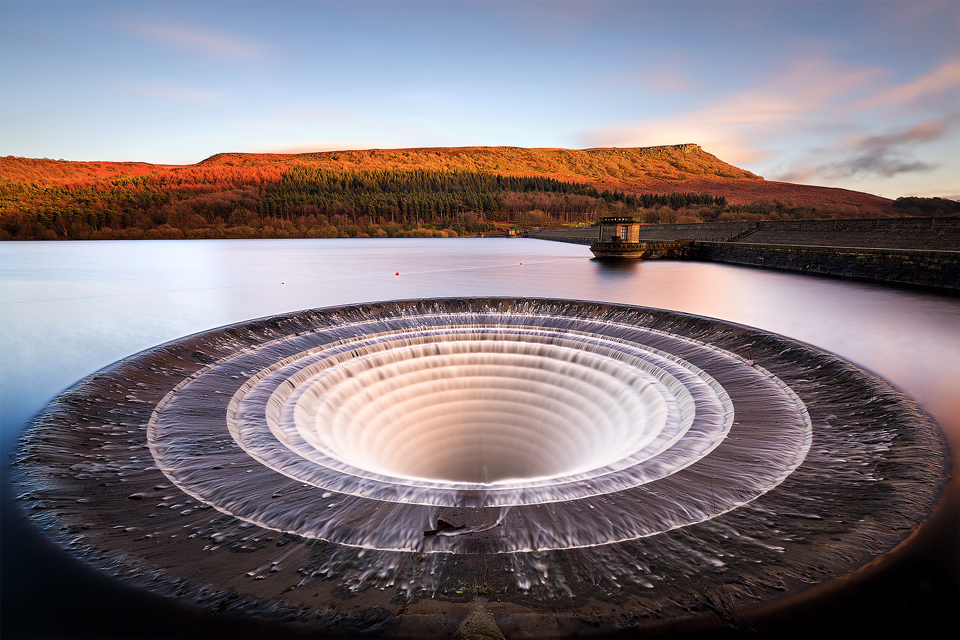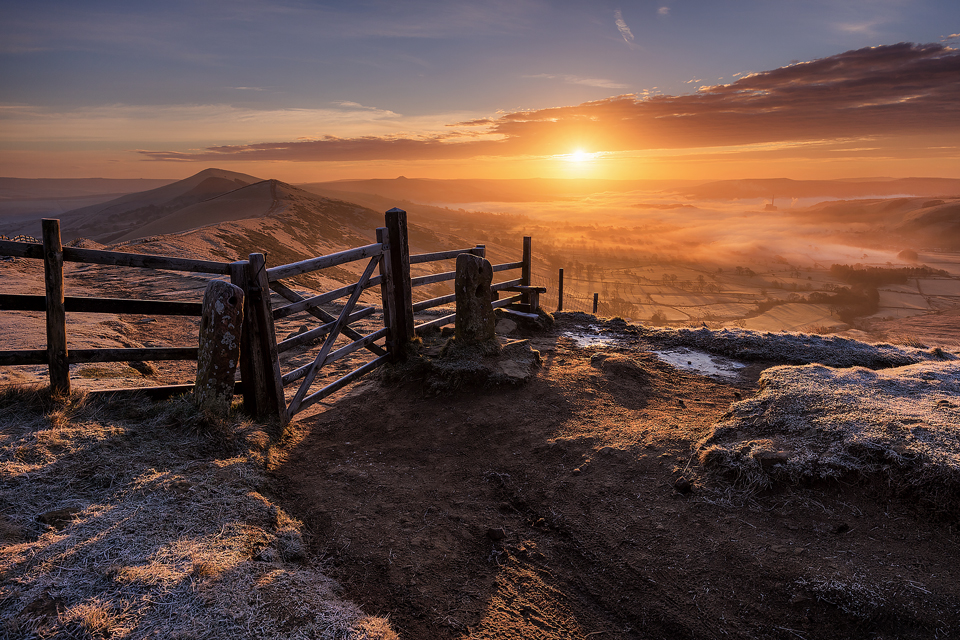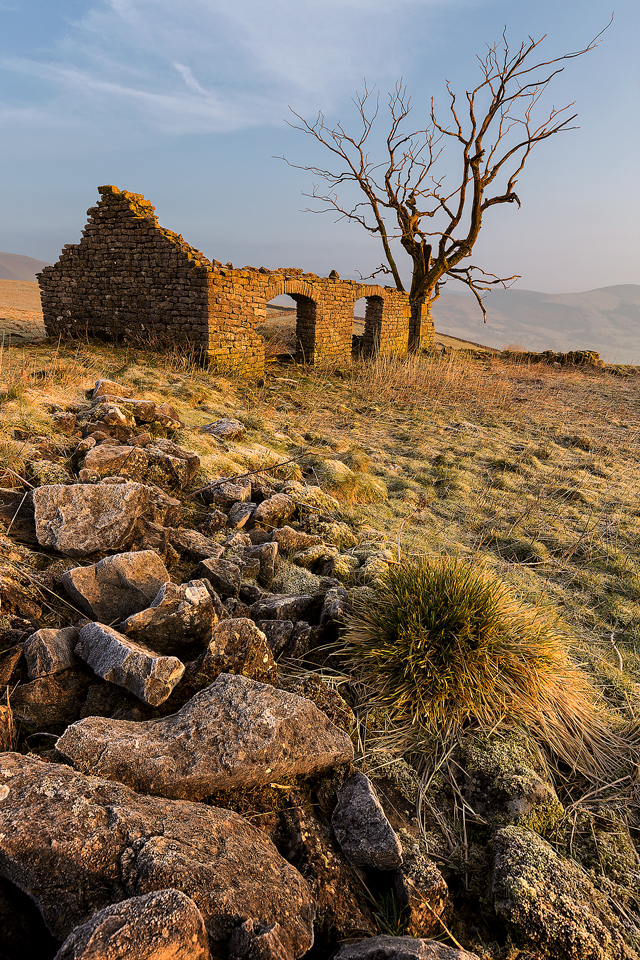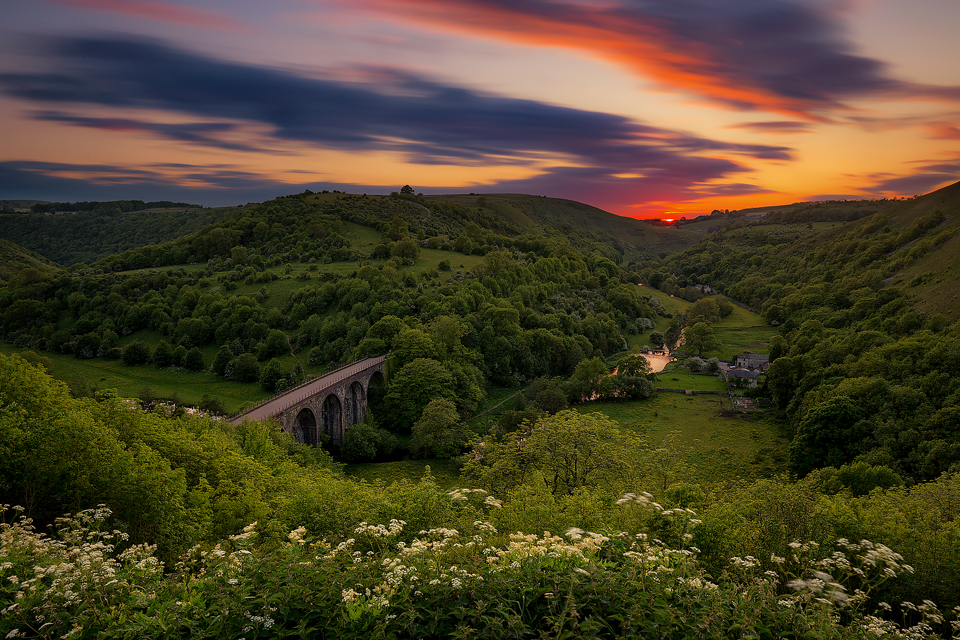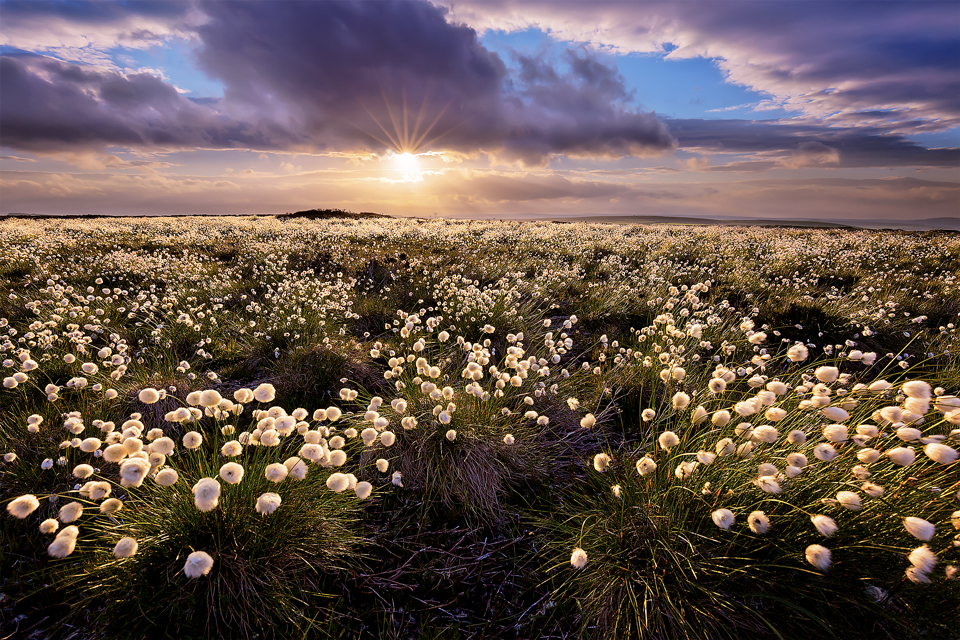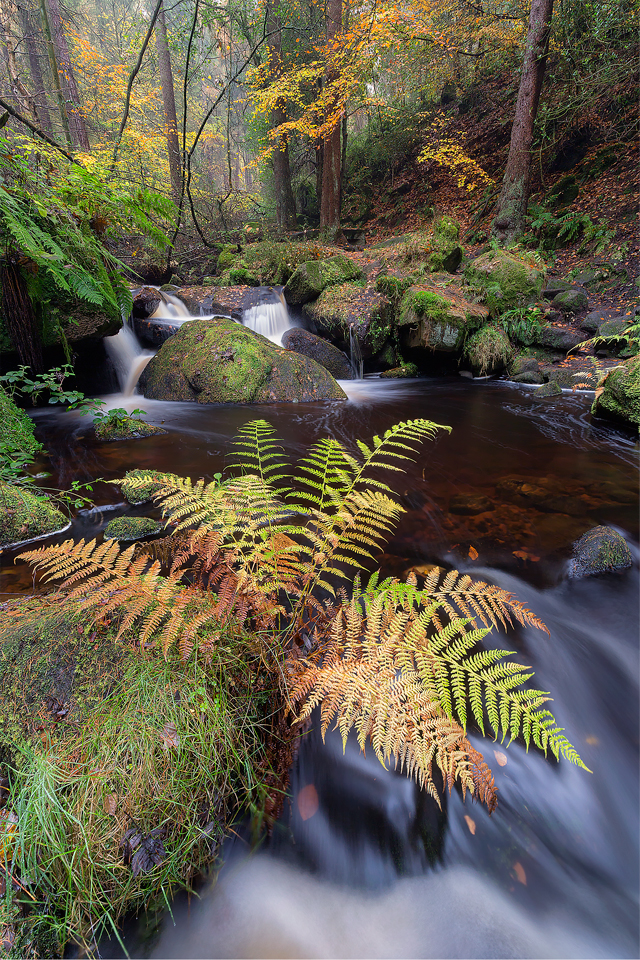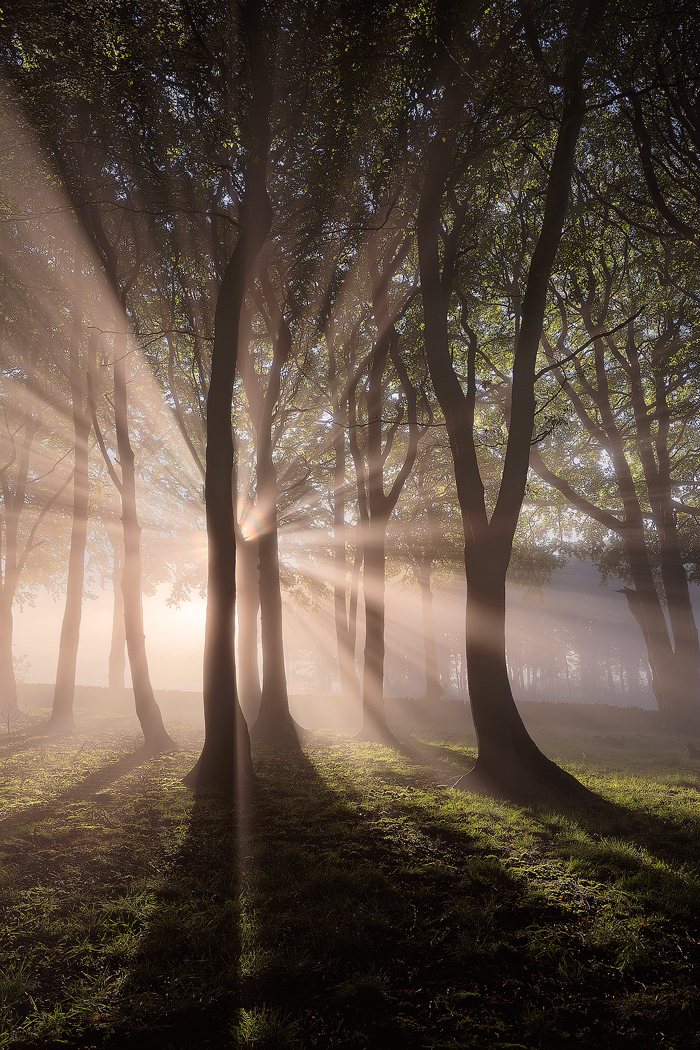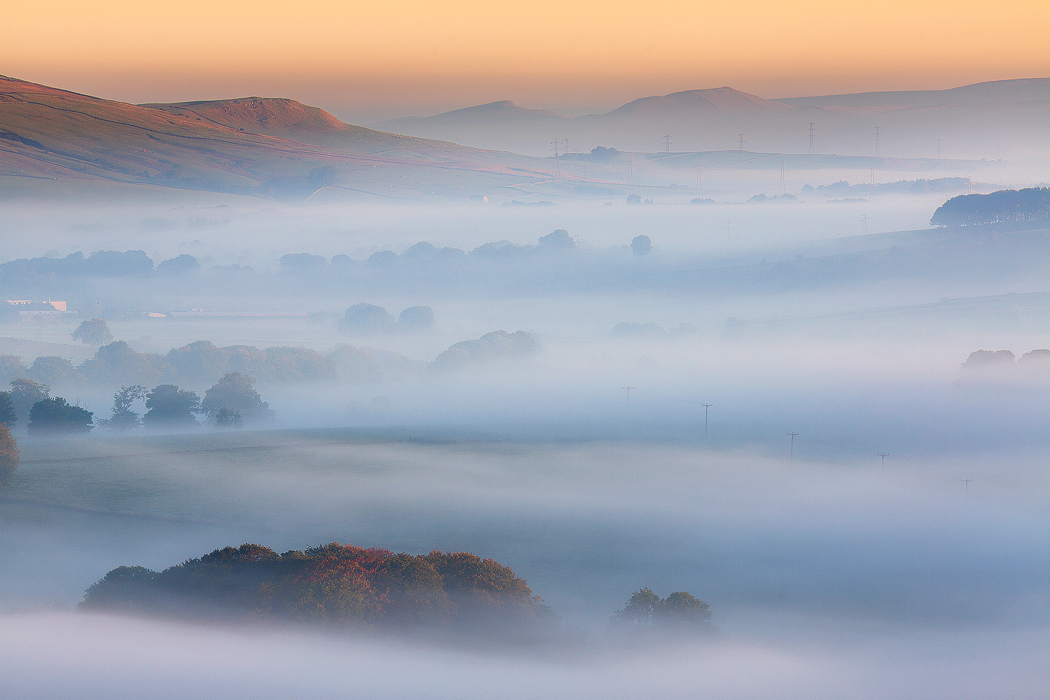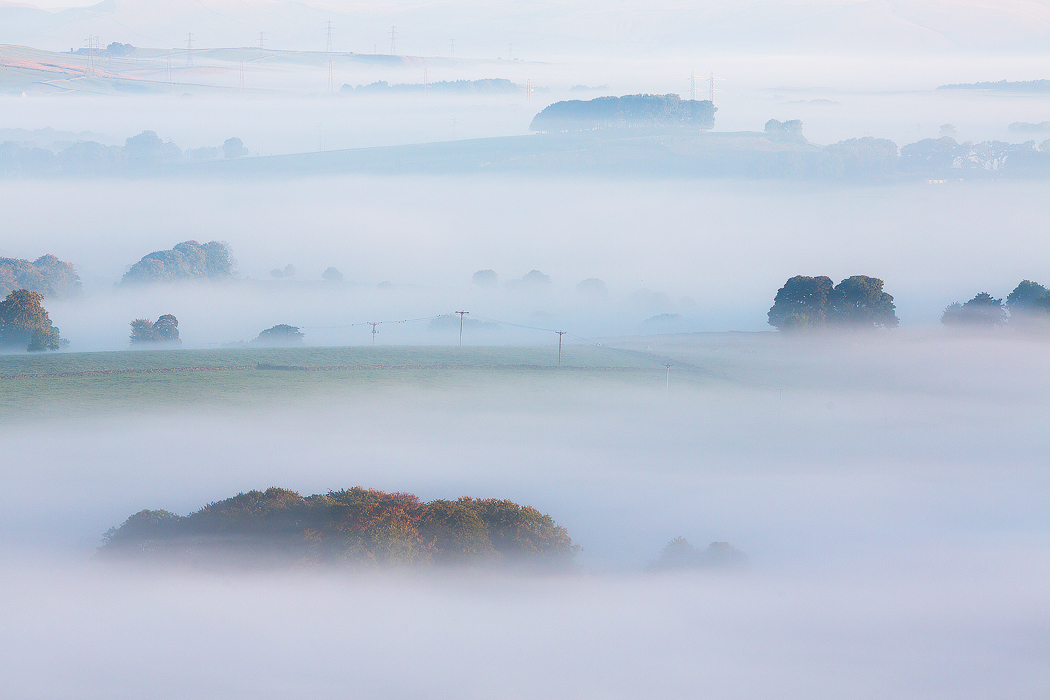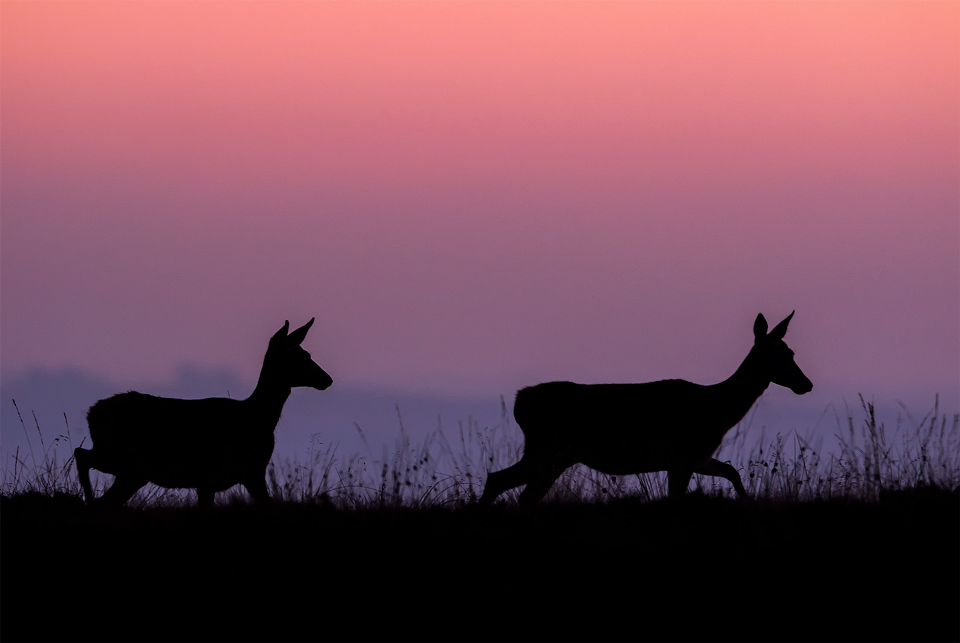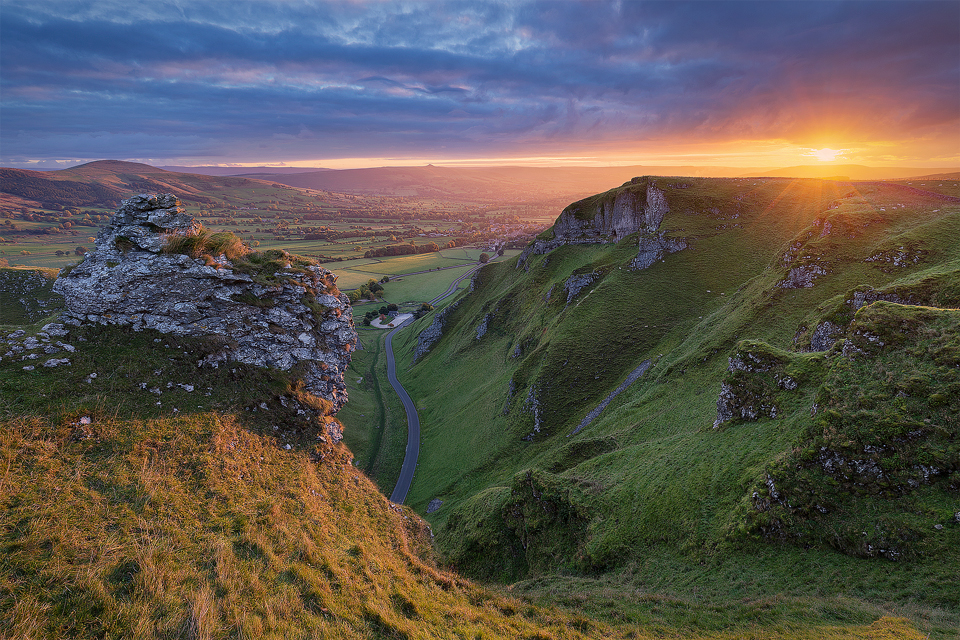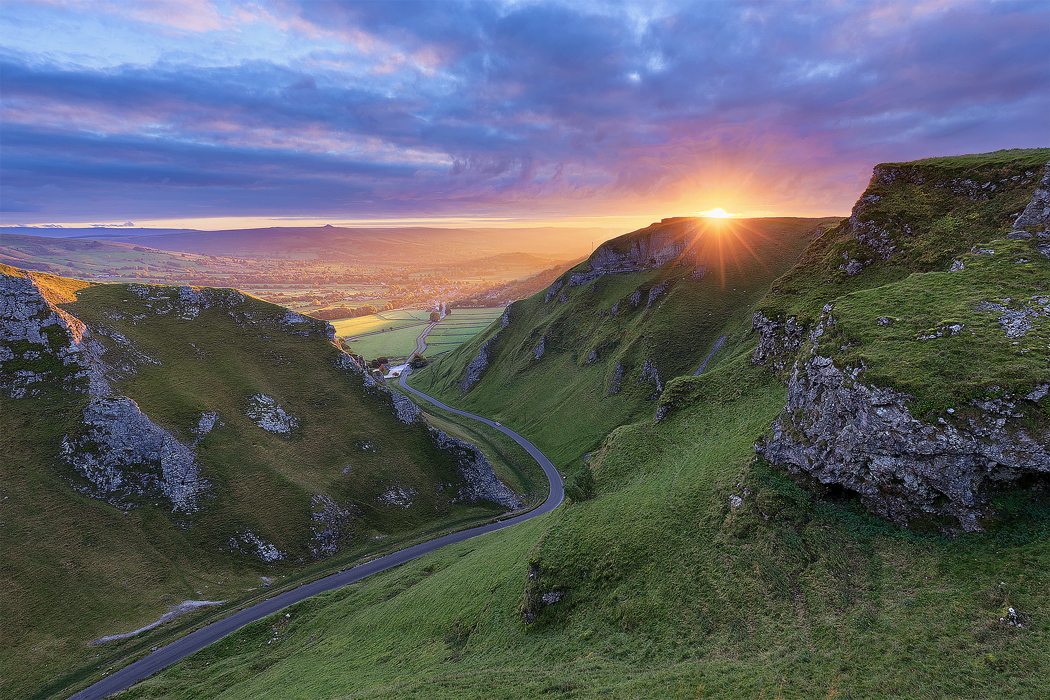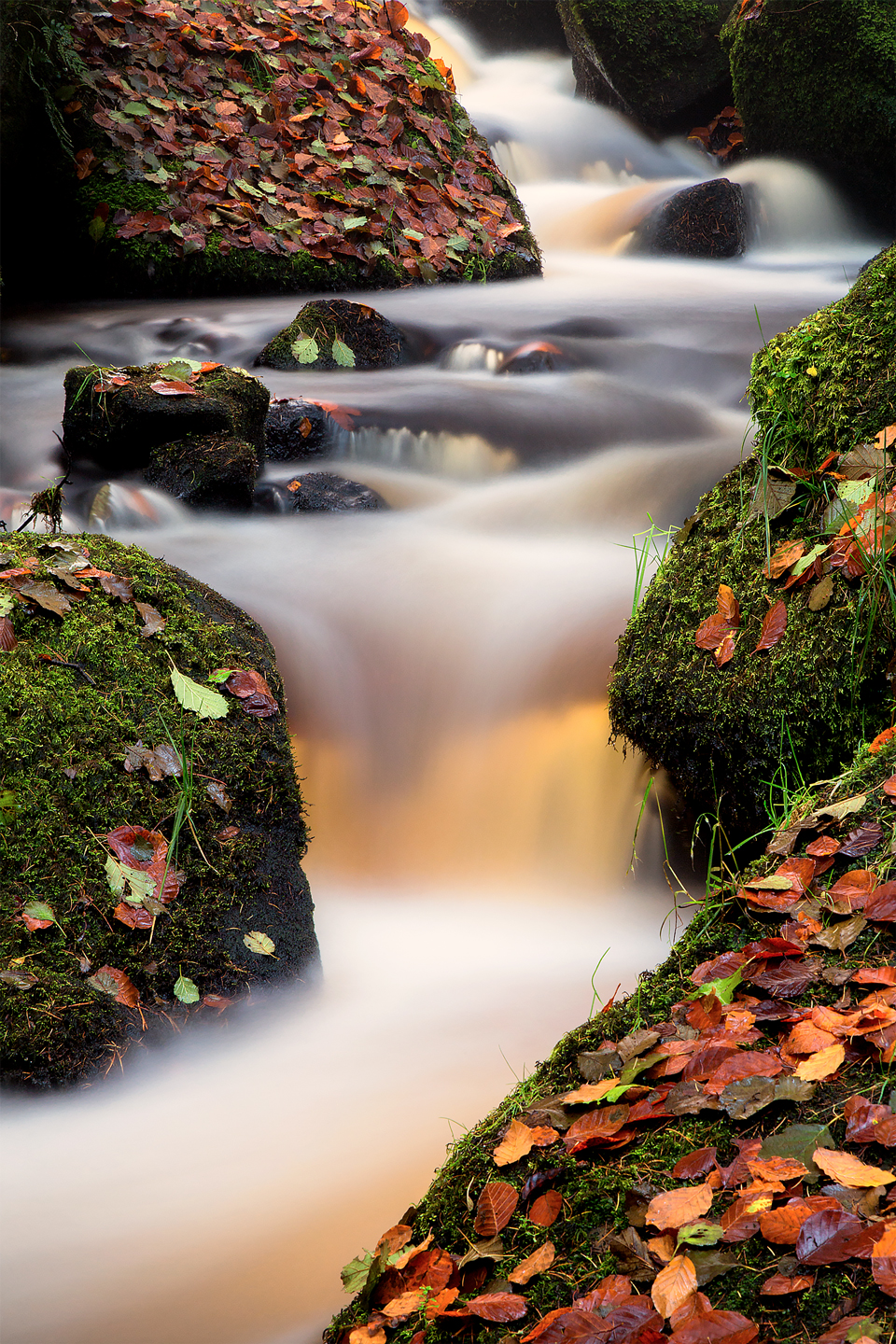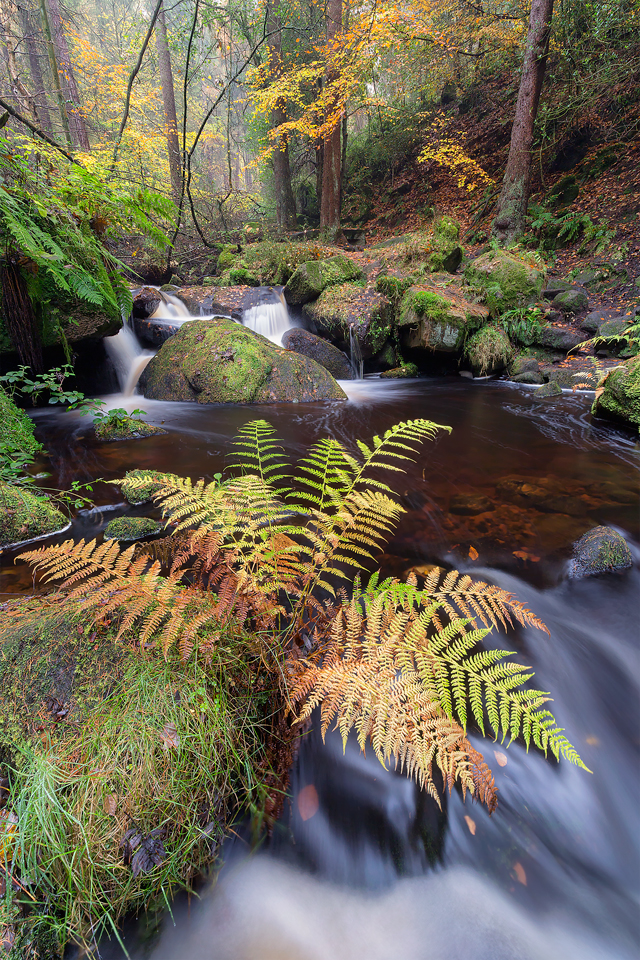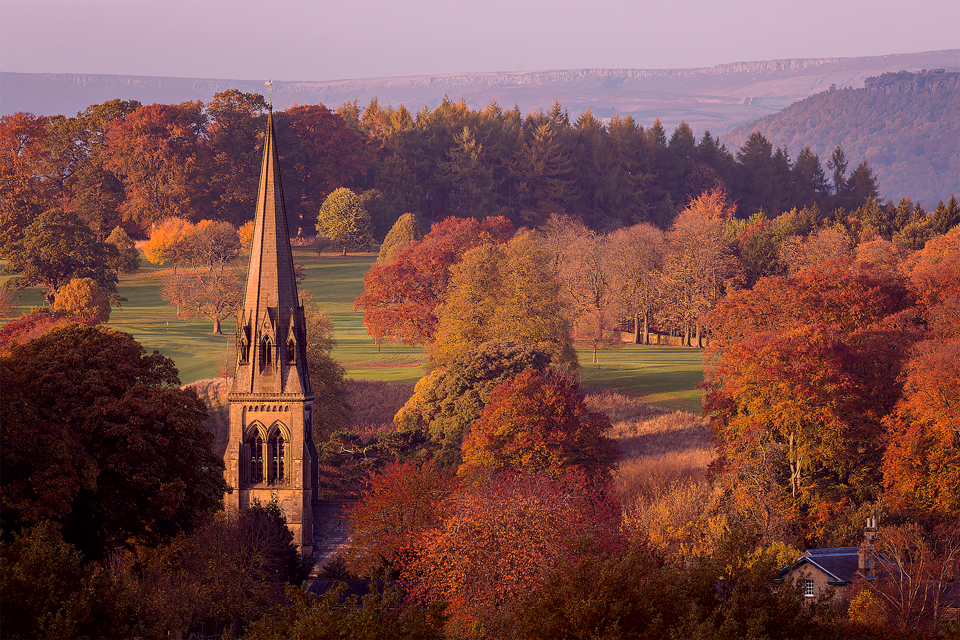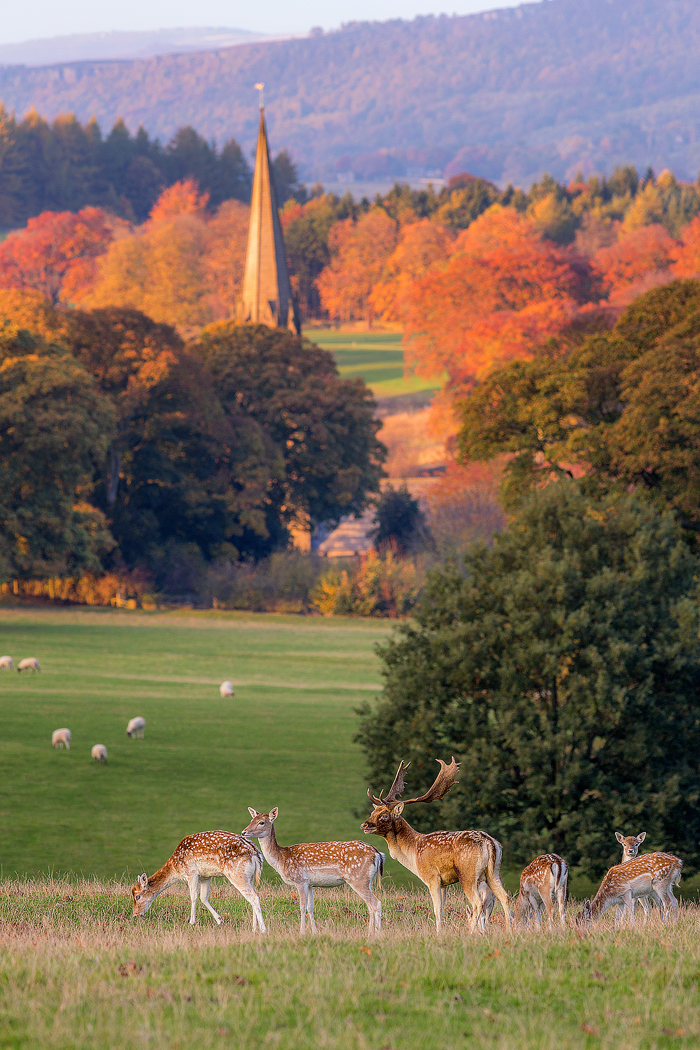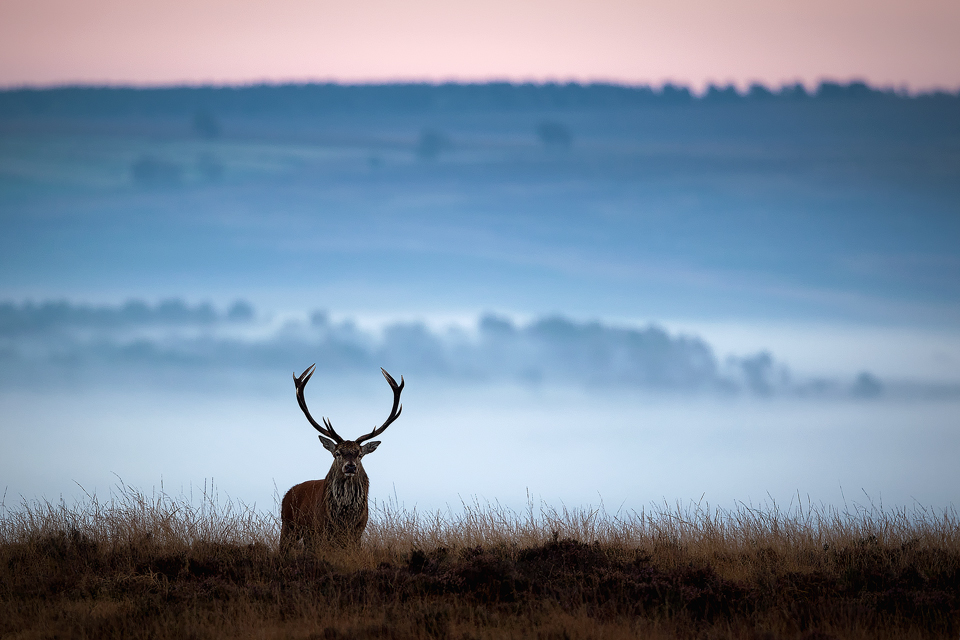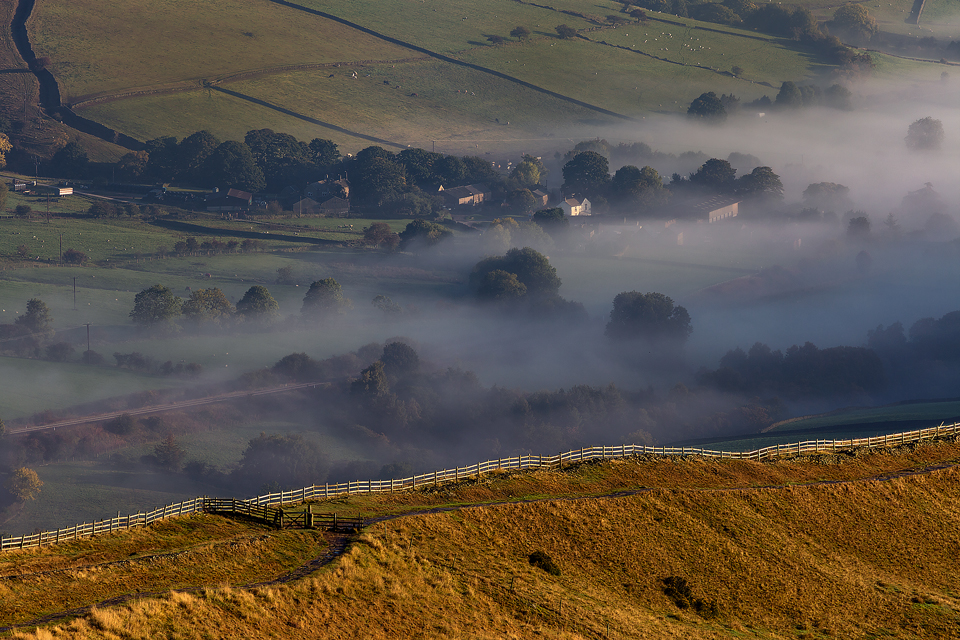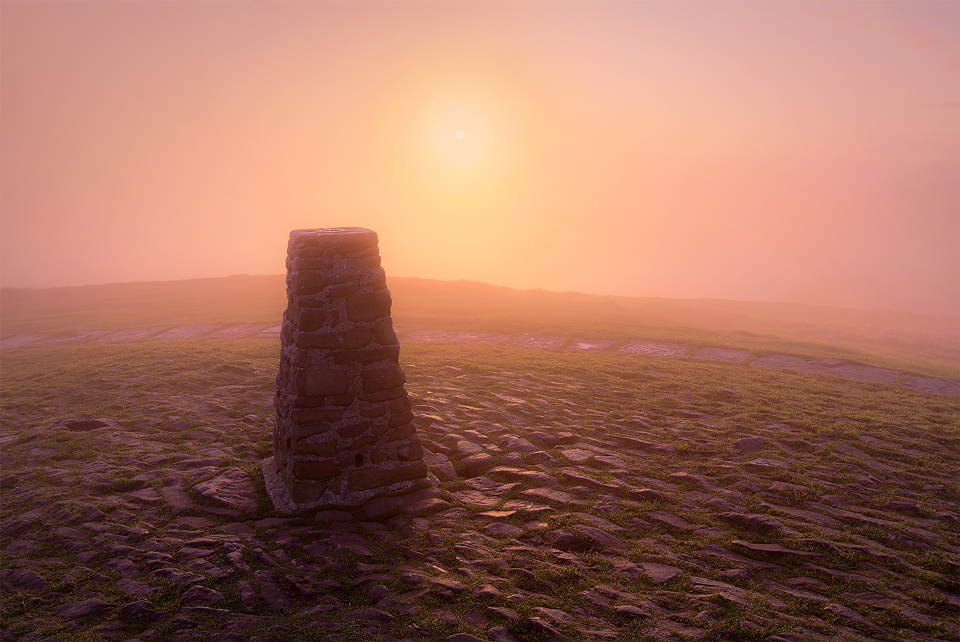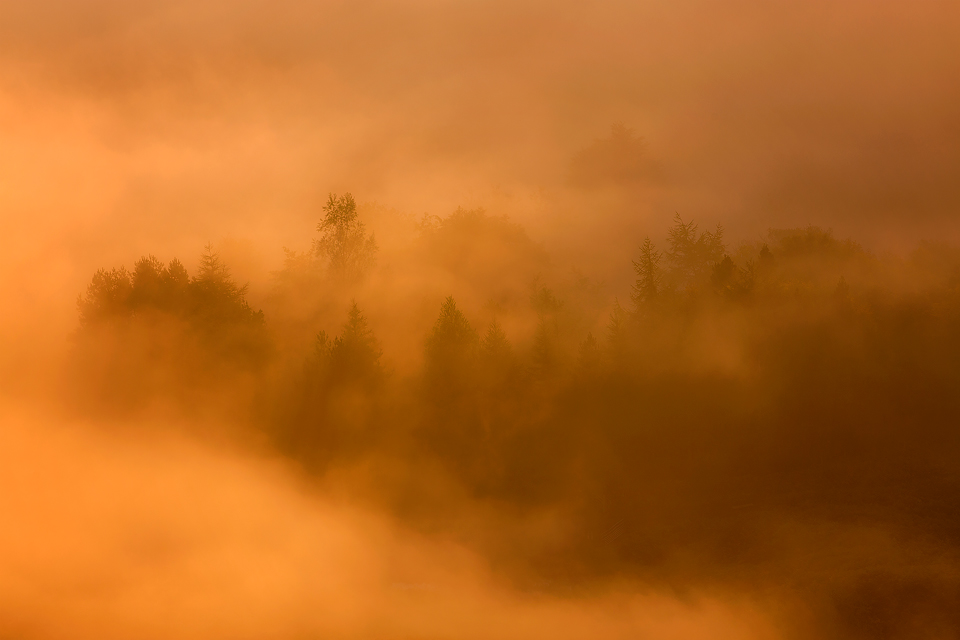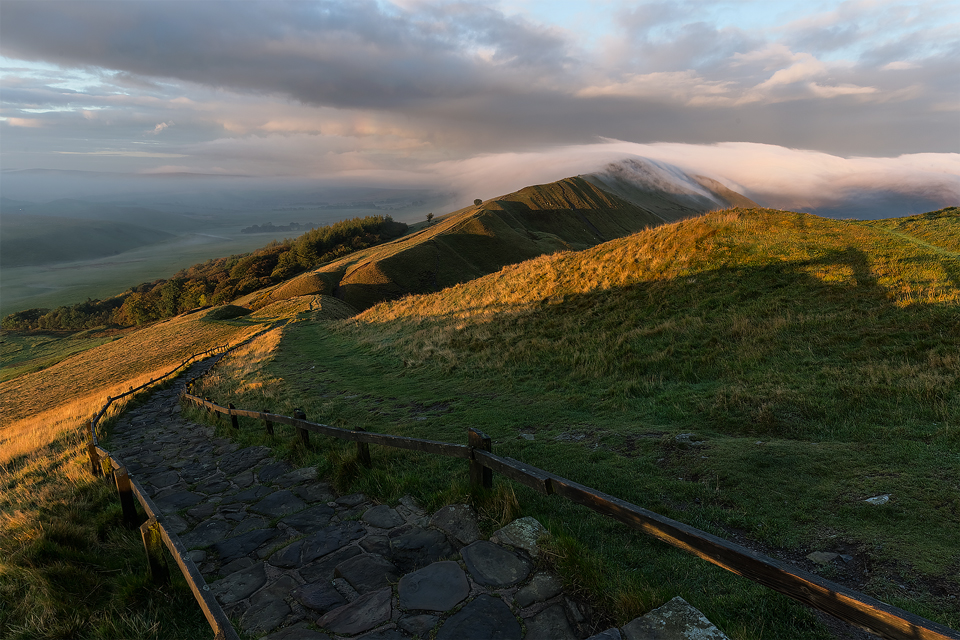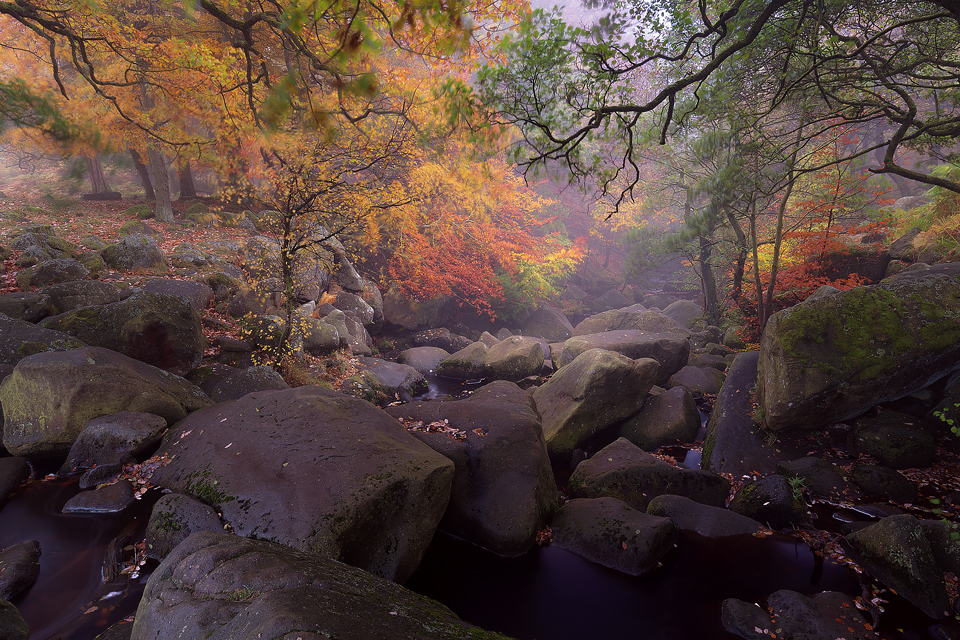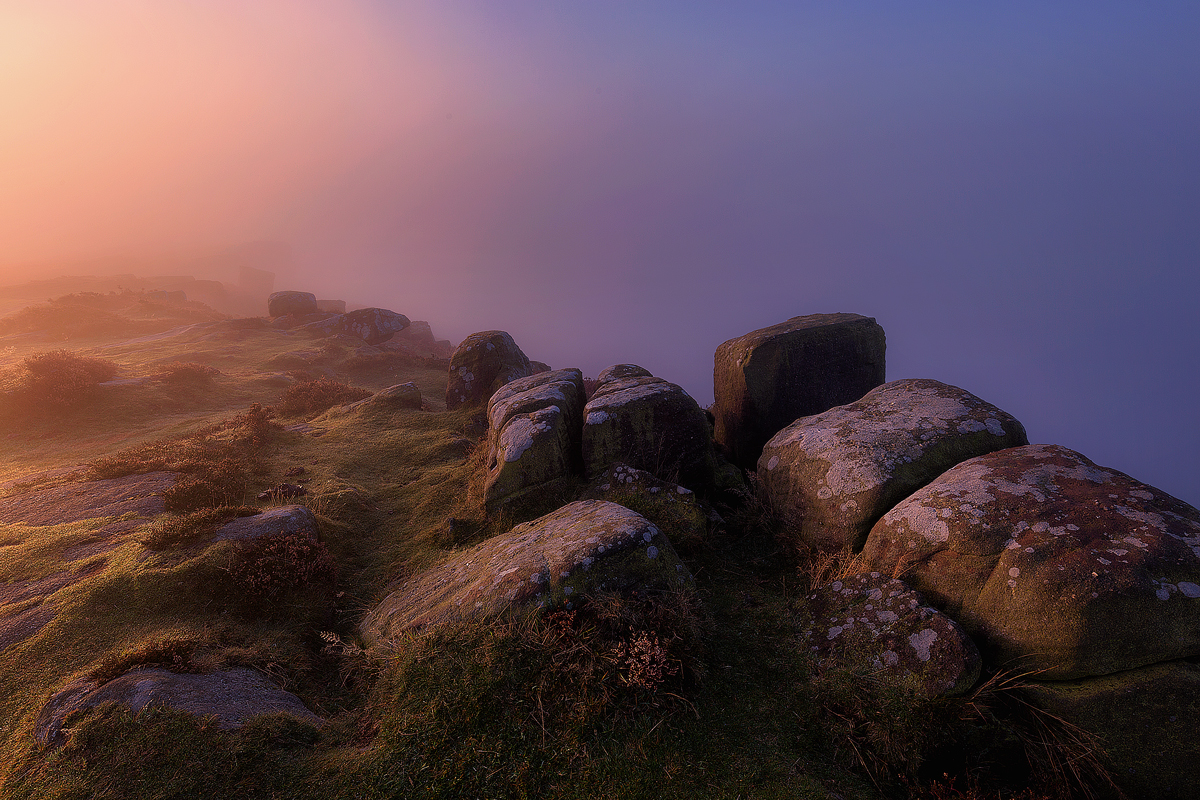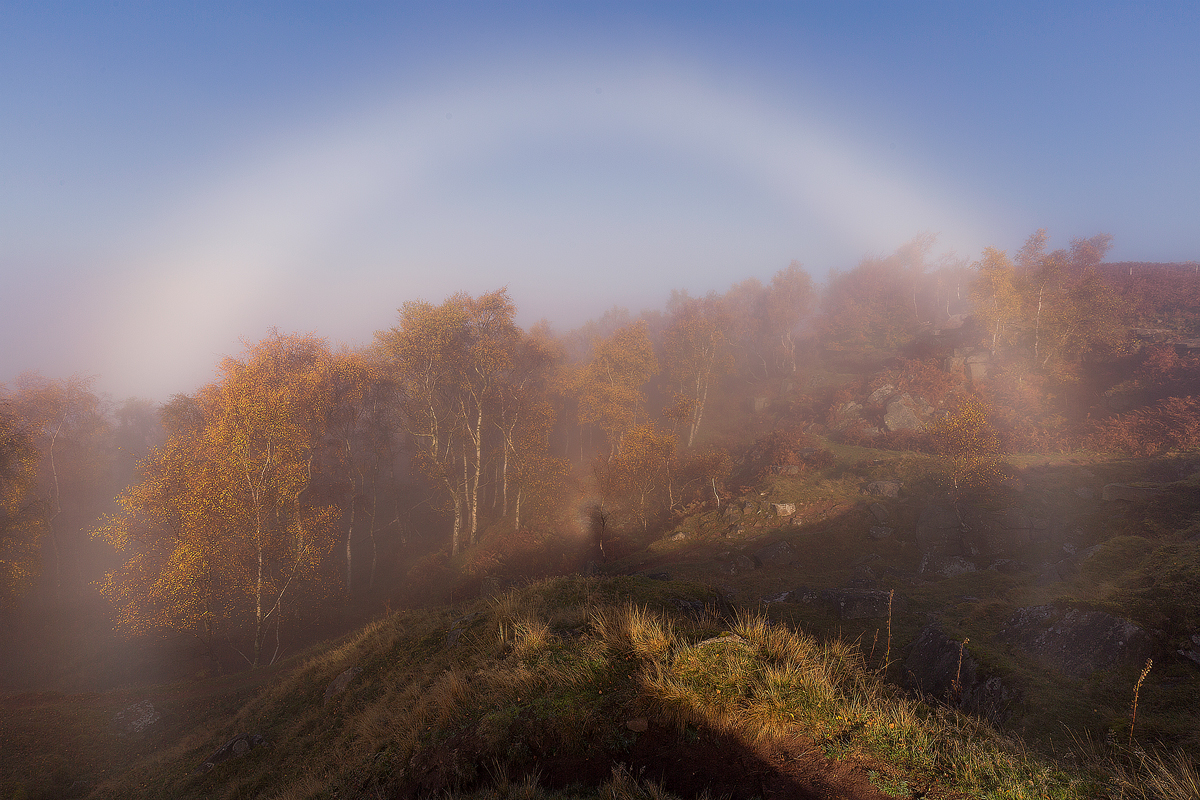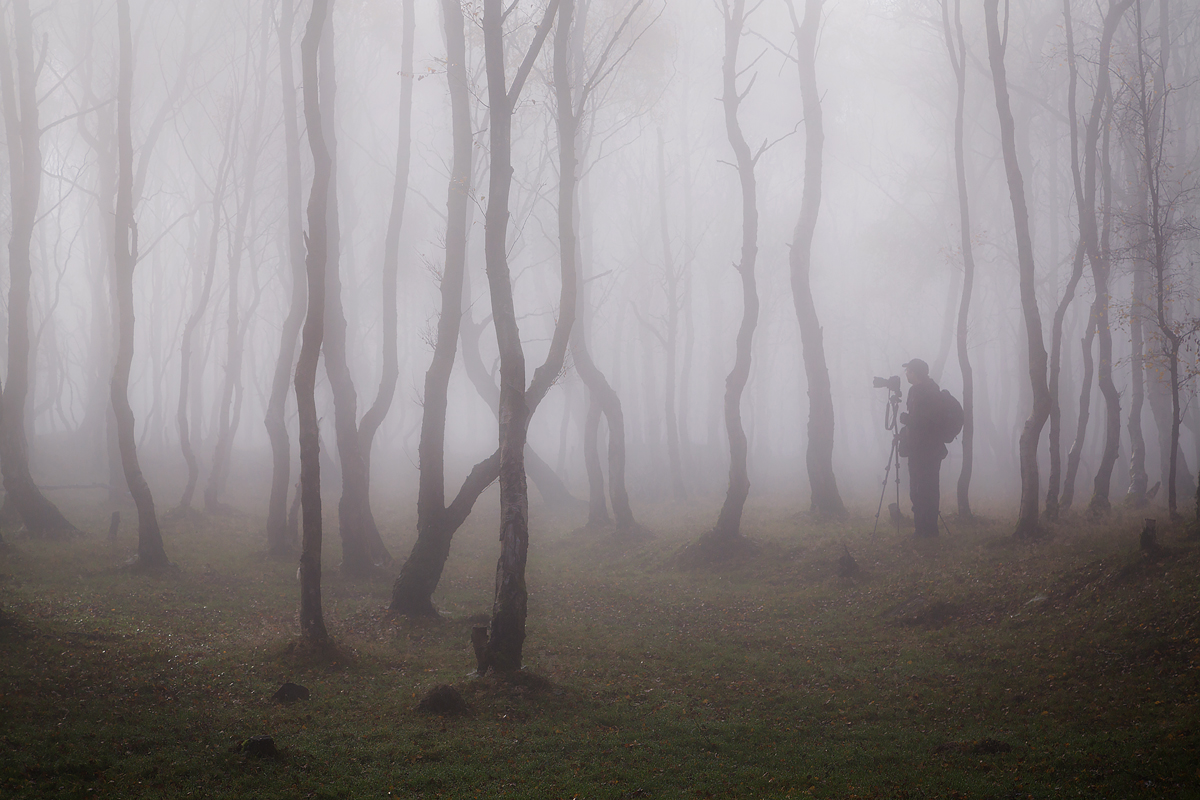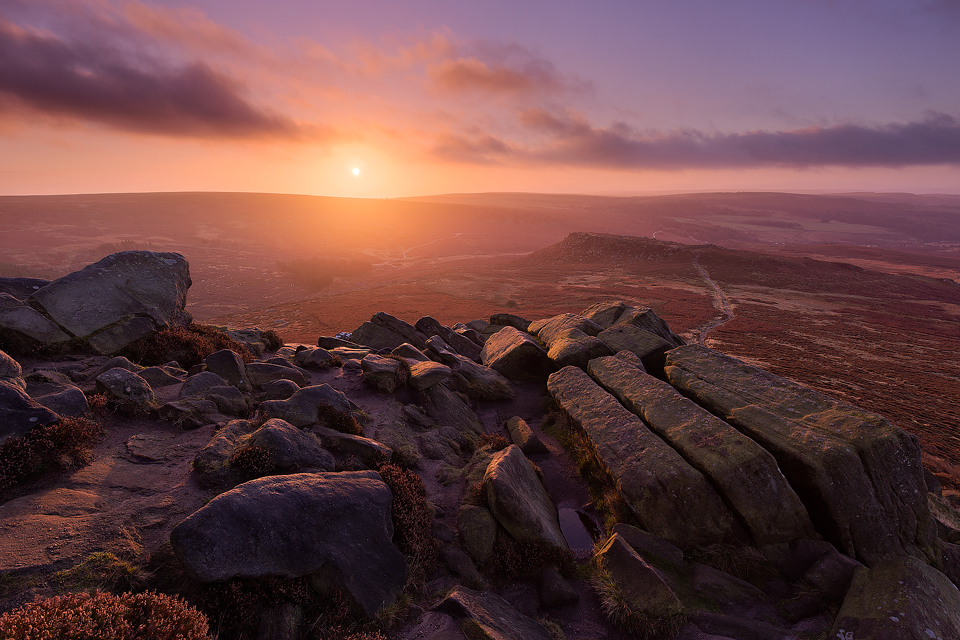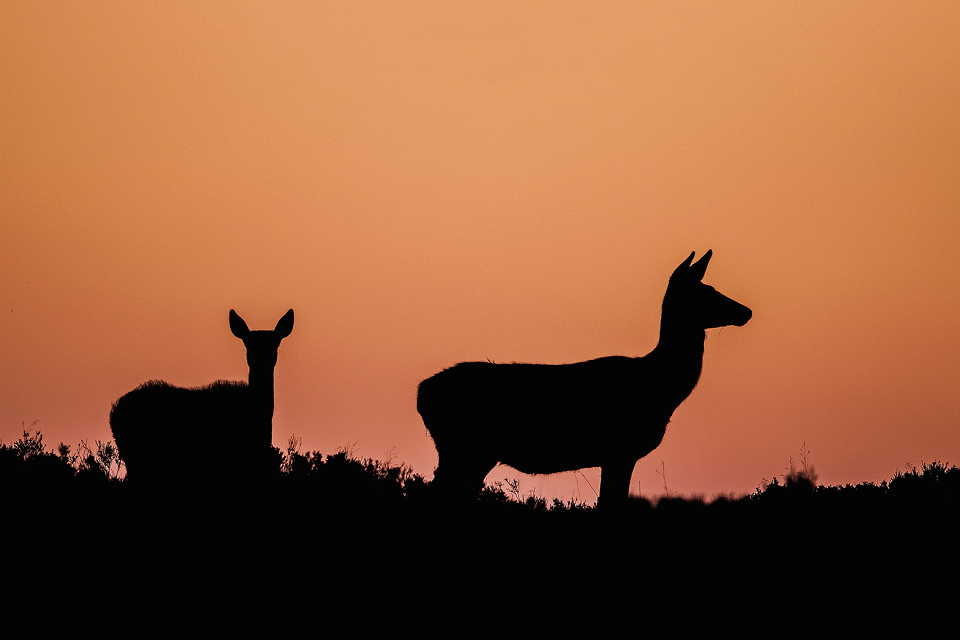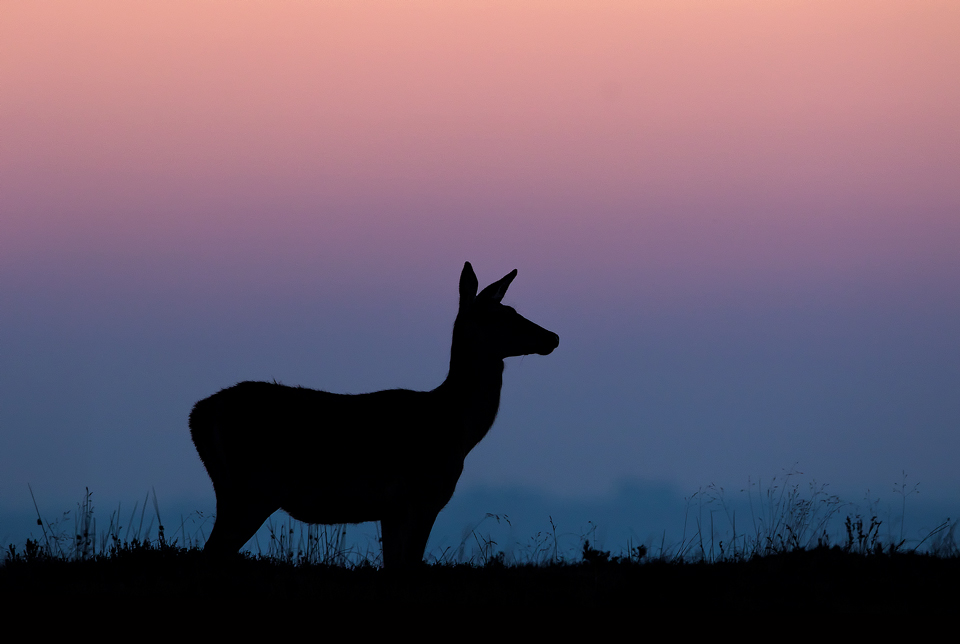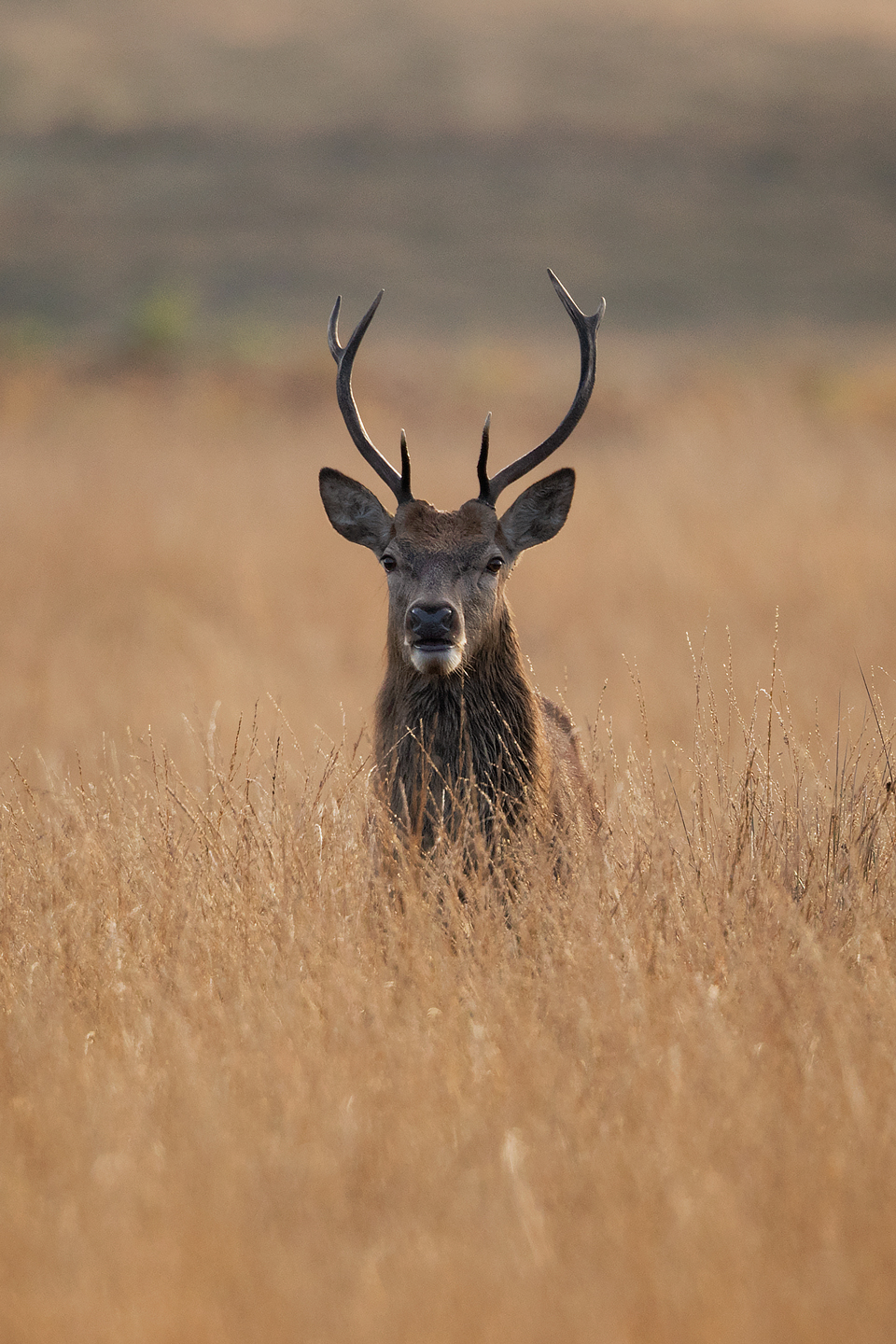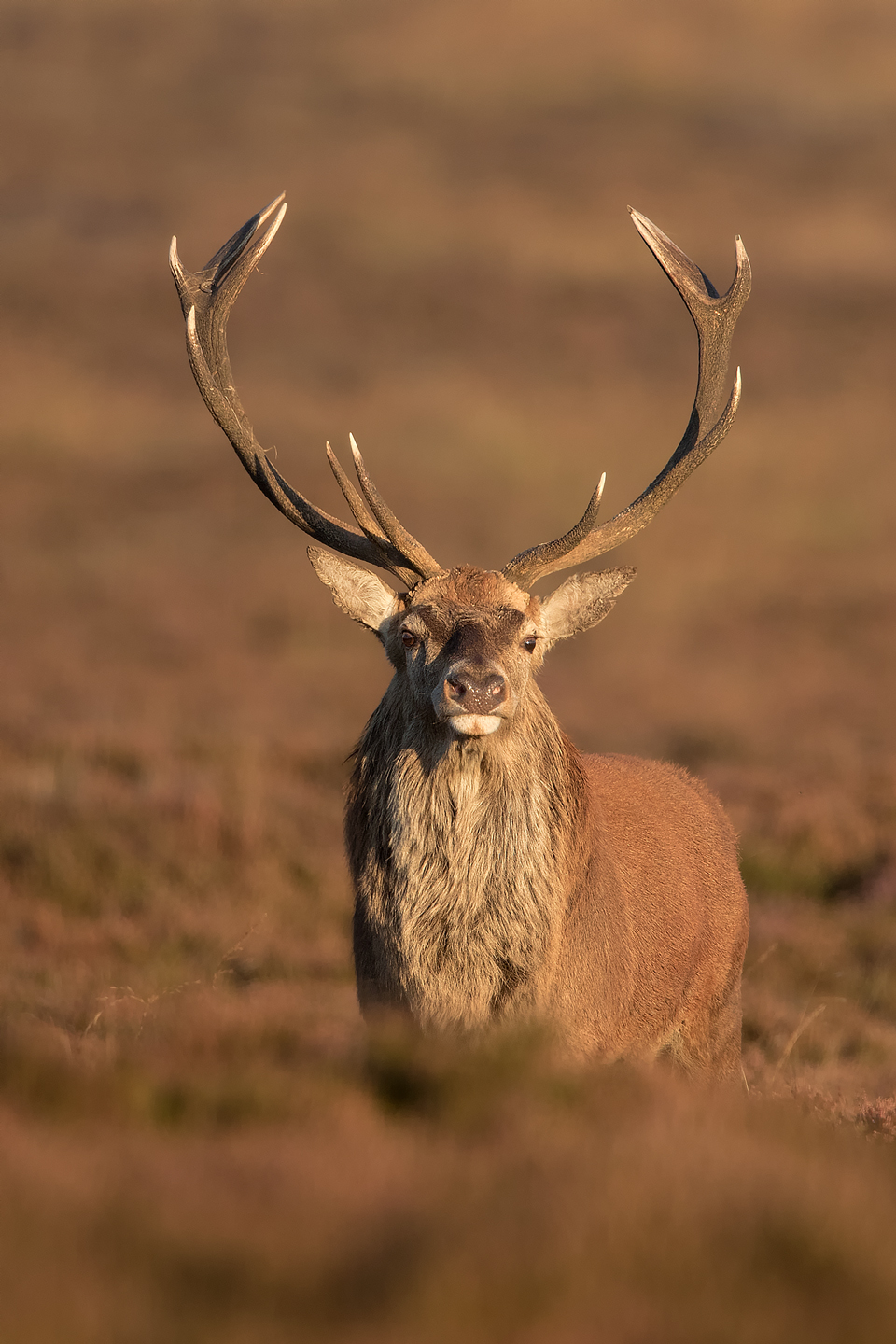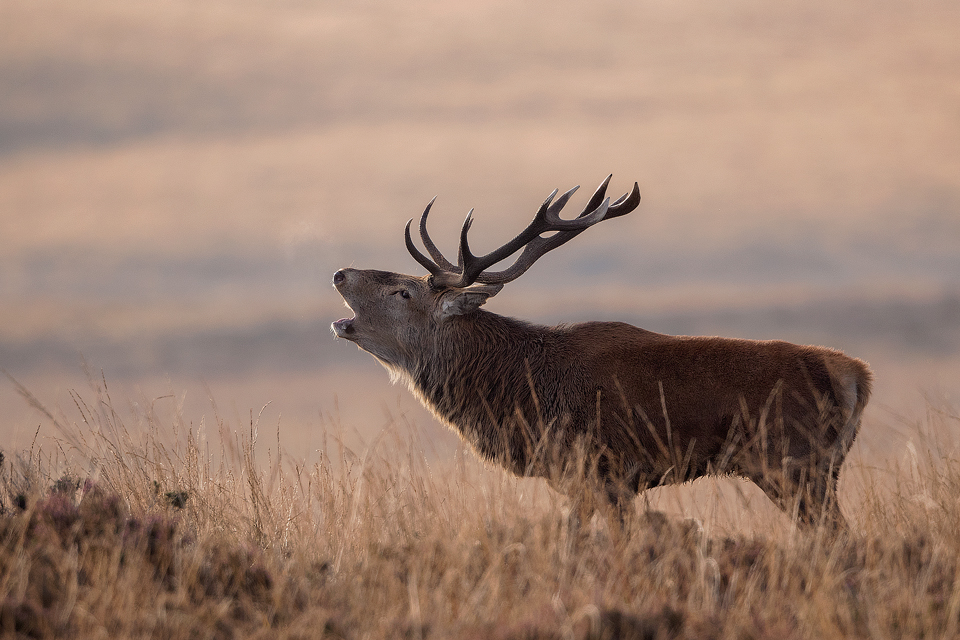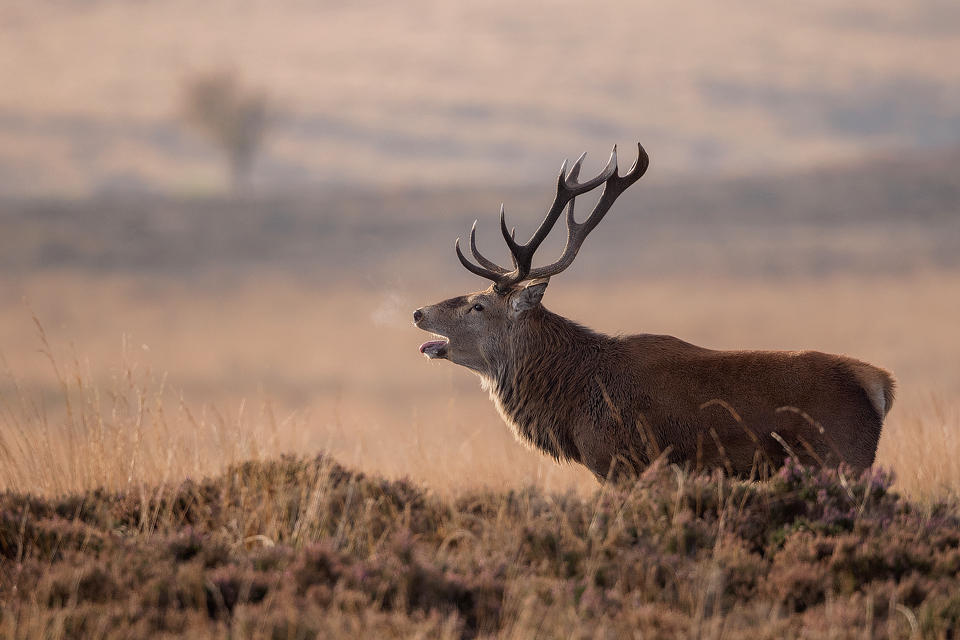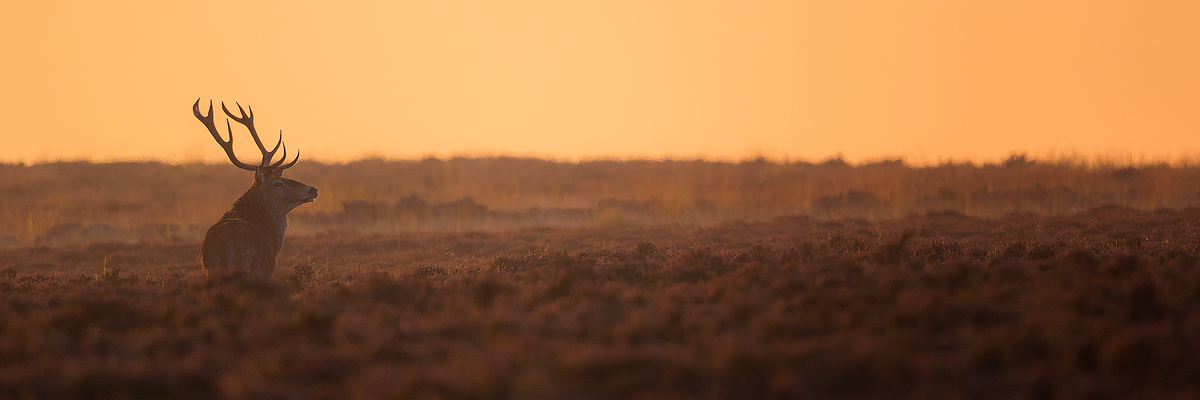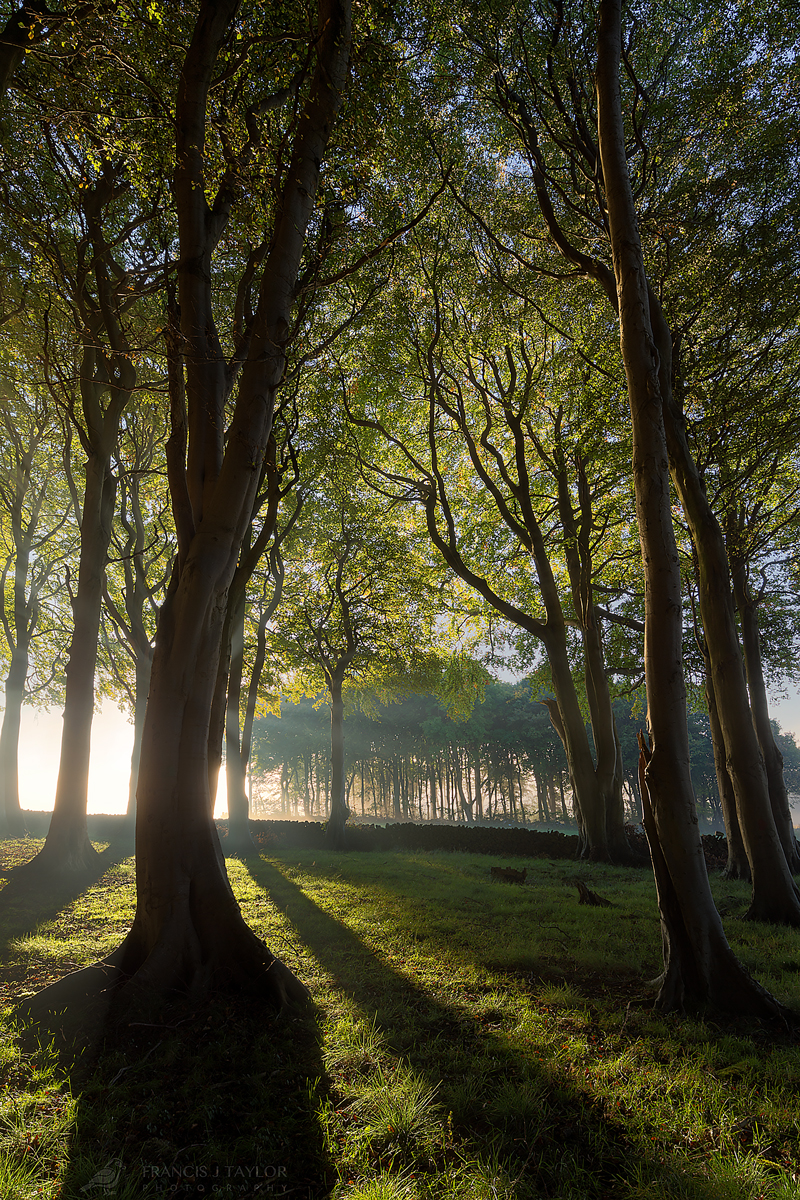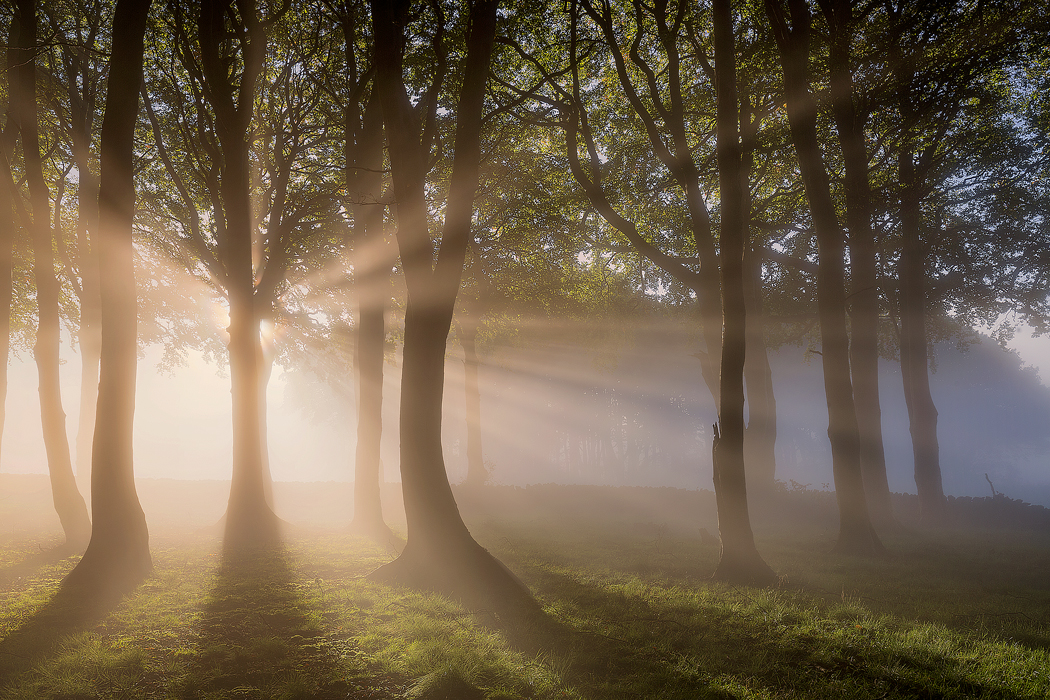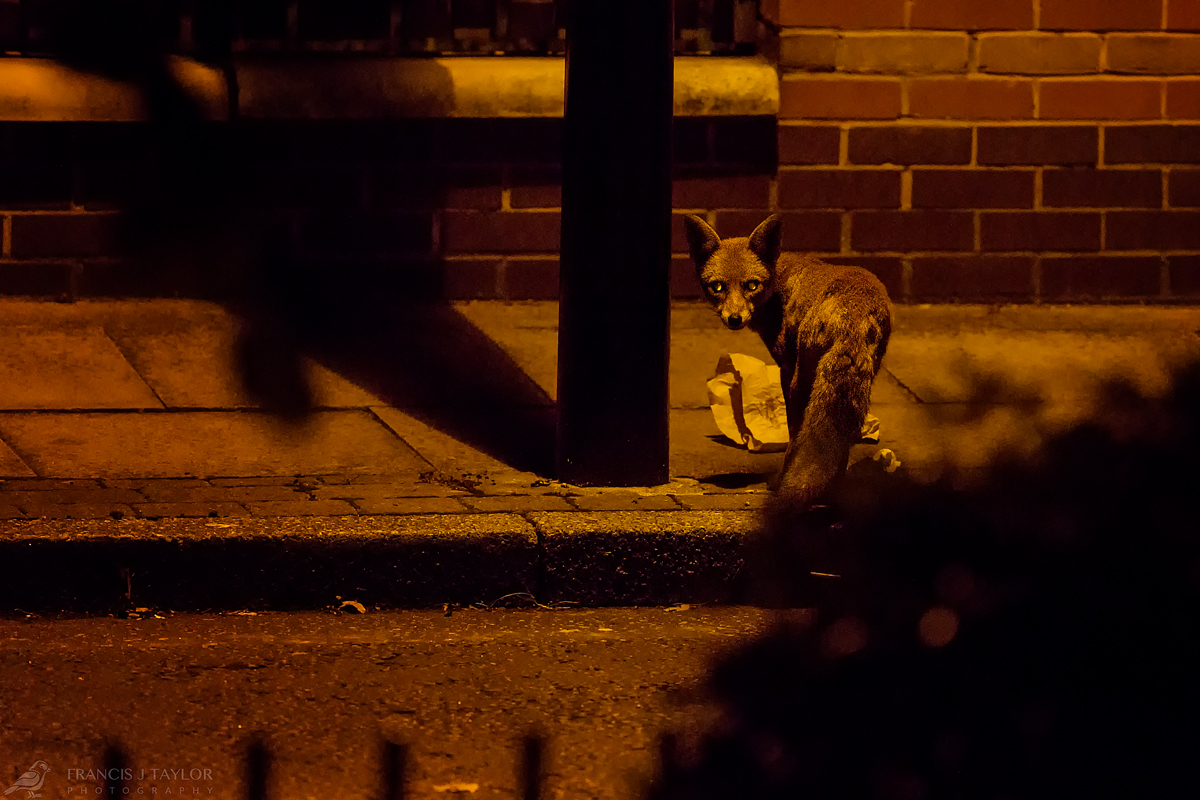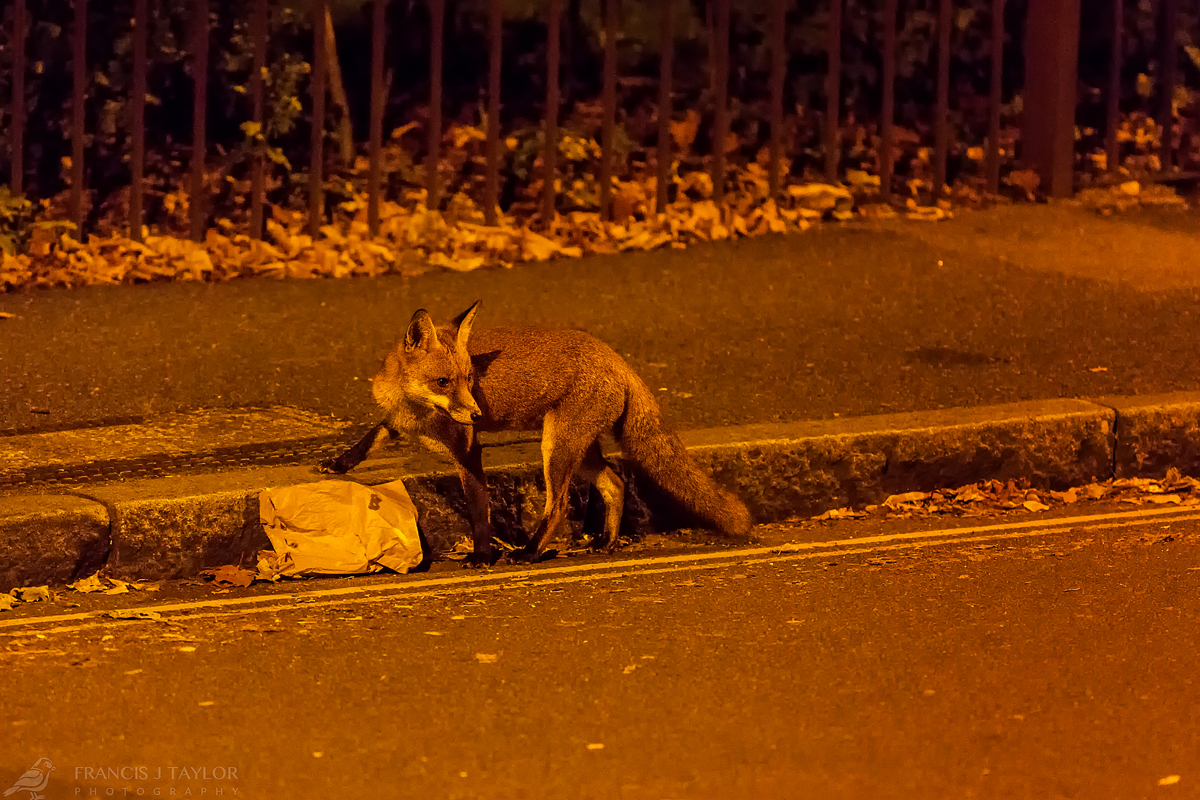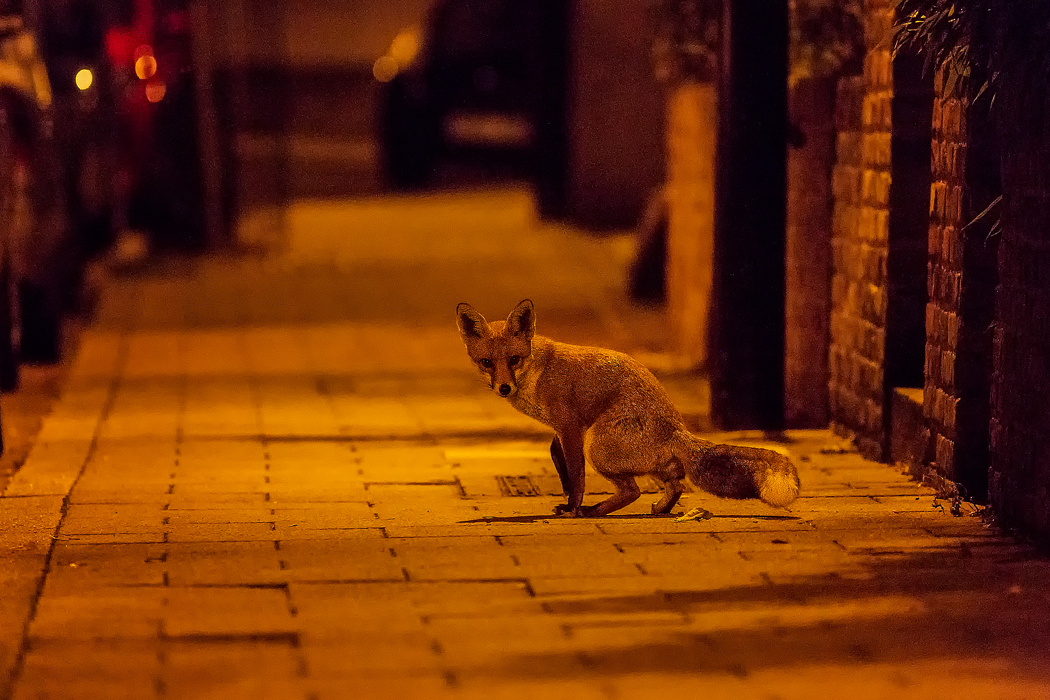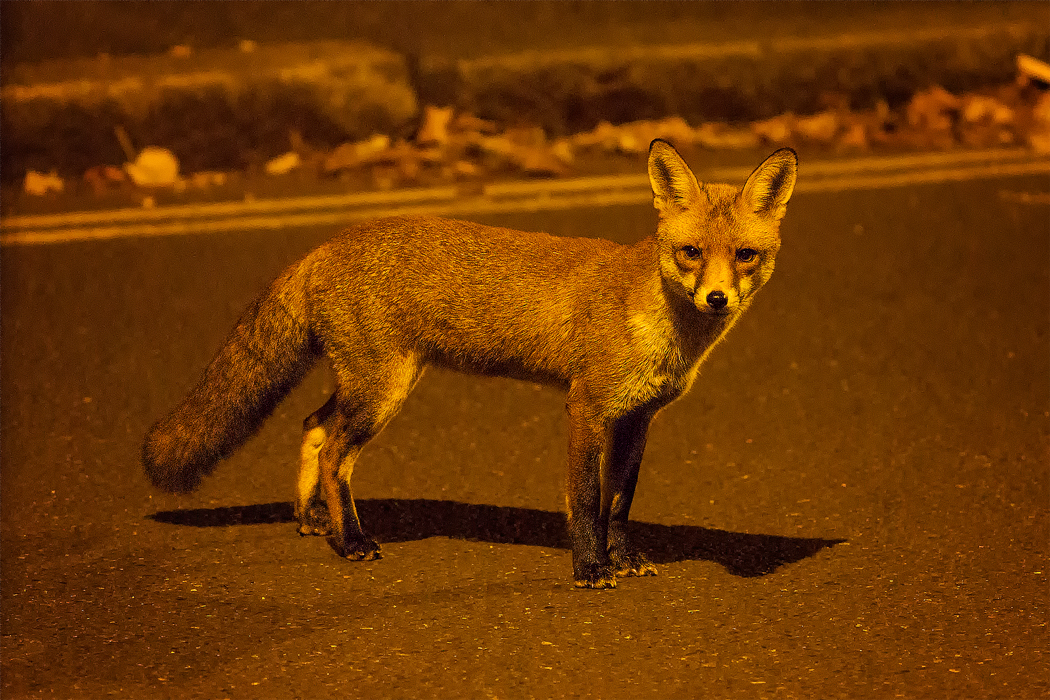First of all let me apologise for being so late with this review. Keeping up with the blog is definitely not one my strongest points, something I hope to improve on in 2017!
2016 has been a great year for my photography with a massive expansion in my portfolio, lots of new clients and success in 3 major competitions!
The competition success has definitely been the biggest achievement for me this year. As my own harshest critic I never think my work is good enough, so it’s a real confidence booster to do well in these prestigious competitions. This year I have been highly commended in the BWPA, won an award in LPOTY and finally won another award in IGPOTY, the final results of which I will find out on the opening night at Kew Gardens on the 3rd Feb 2017.
Looking back at images from over the year I can once again see how my tastes have changed, and the quality has progressed. I’m now much more focused on specific genres and the style of images that I create.
Anyway without further ado, on to the images. I’ve put together a selection, split between landscape and wildlife. I hope you enjoy looking back through at some of my favourites. Here are my top 16 for 2016!
Landscape
One of the first sunrises of the year for me. The forecast hadn’t looked especially great but I had promised a friend we would head out, so we decided to risk it anyway and boy am I glad we did. The clouds lit up with an incredible red glow.
In contrast to the striking colours of the first image, I like this one because of the stillness of the reservoir and the muted colours. After a disappointing sunrise on Mam Tor, I decided to head back home via Ladybower Reservoir to capture some reflections in the fog.
I had been searching for a few years now for a photogenic bluebell wood near me to no avail. Eventually it began to seem like a lost cause and I was beginning to think that I would have to go down south to get the images I was after. So you can imagine my excitement when a friend tipped me off to this stunning patch of carpeted woodland just 30 minutes from home! I spent an afternoon wandering the paths of this beautiful forest carpeted with fragrant bluebells. Pure bliss!
Another floral image. This time a few weeks later with the flowering early purple orchids. Cressbrook Dale is one of my all time favourite locations in the Peak District.
Although this isn’t the most dramatic of images, it still remains one of my firm favourites. The combination of the movement in the bright fresh foliage, smooth flowing water and mossy rocks really bring back memories of summer days spent on the riverbank.
Another waterfall, this time Roughting Linn in Northumberland. This was such a magical place, relatively unknown to most and tricky to find, hidden away in a deep valley. I spent a few hours here trying out various compositions, this being my favourite for the day.
This image for me is an reminder to always keep persevering even if things don’t look promising. I stood for an hour an a half in this spot under dull grey cloud hoping the sun would find a gap to break through. Unlike so many other times this was my lucky day and I got a minute of this incredible light.
My final landscape is another image where perseverance really paid off. The sun managed to break through the tiniest gap in the clouds, creating this well defined beam of light and illuminating the clumps of vibrant bell heather on the edge.
Wildlife
After having been out countless times to photograph short eared owls in the Peak District in early 2016, I hadn’t managed to capture any of the images I’d been aiming for. After weeks of unsuccessful trips, my luck finally changed and I got some up close views of this stunning bird. Yet another example of when persistence pays.
The kingfisher is one of the most vibrant and well loved of all British wildlife. Every wildlife photographer has or aims to have kingfishers in their portfolio. After almost giving up searching for them and booking a hide day (not an idea I was overly keen on as you end up with the same images as everyone else who uses the hide!) you can imagine my excitement when a pair turned up to feed over winter in my local park!
Red squirrels are another iconic British species that I was desperate to add to my portfolio. Their decline is well documented and publicised but thanks to an exciting new development, they are actually starting to make a steady comeback helped by the resurgence of the pine marten. This image makes me smile every time remembering my time spent in the forest photographing them.
This image is an example of the advantages of digital photography for wildlife. This Guillemot kept periodically displaying on the chalk cliffs of Bempton cliffs but I couldn’t quite manage to frame it perfectly. It took nearly 100 attempts to get it spot on, something that wouldn’t have been possible with film.
During the spring months I visited a local brown hare site daily. Typically brown hares are incredibly shy and cautious animals but this curious little leveret actually came right over to sniff my boots as I lay waiting for hares to pass through the field. An amazing encounter.
Although this image has been done many times, it really resonated with me because of the incredible detail. It’s not often you get to photograph at f/11 for optimum DOF and still achieve a smooth background blur.
Over the summer months I spent several weeks photographing both barn and little owls in the Peak District. This image was achieved using my car as a moving hide. I slowly pulled up to this little owl at dusk scanning the field for bugs and managed to capture this detailed portrait as it turned its stunning yellow eyes to face me.
During my time spent working with owls over the summer, this was one of the most amazing moments. This beautiful barn owl took off in search of prey, passing just feet over my head. An incredible moment.
Finally a classic image of a bellowing stag silhouetted against the setting sun. Red deer are one of my favourite British mammals, so to have them so close to home roaming wild on the moors of the Peak District is a real privilege.
I hope you enjoyed looking back at my favourite images of 2016. I want to thank you all for the amazing support you’ve shown over the past year and look forward to what 2017 brings.
